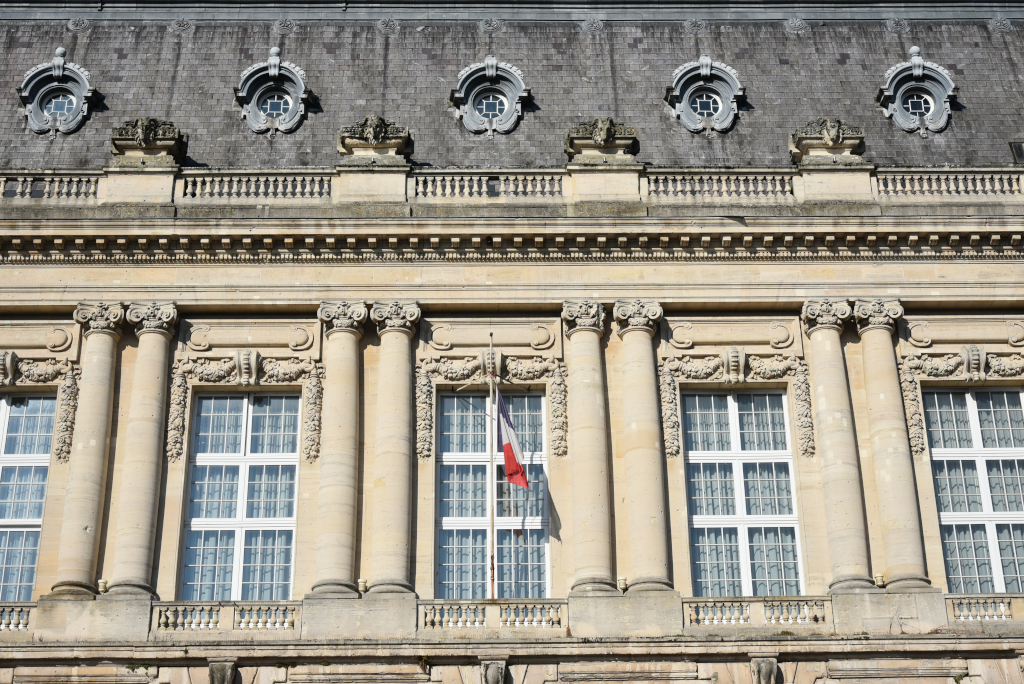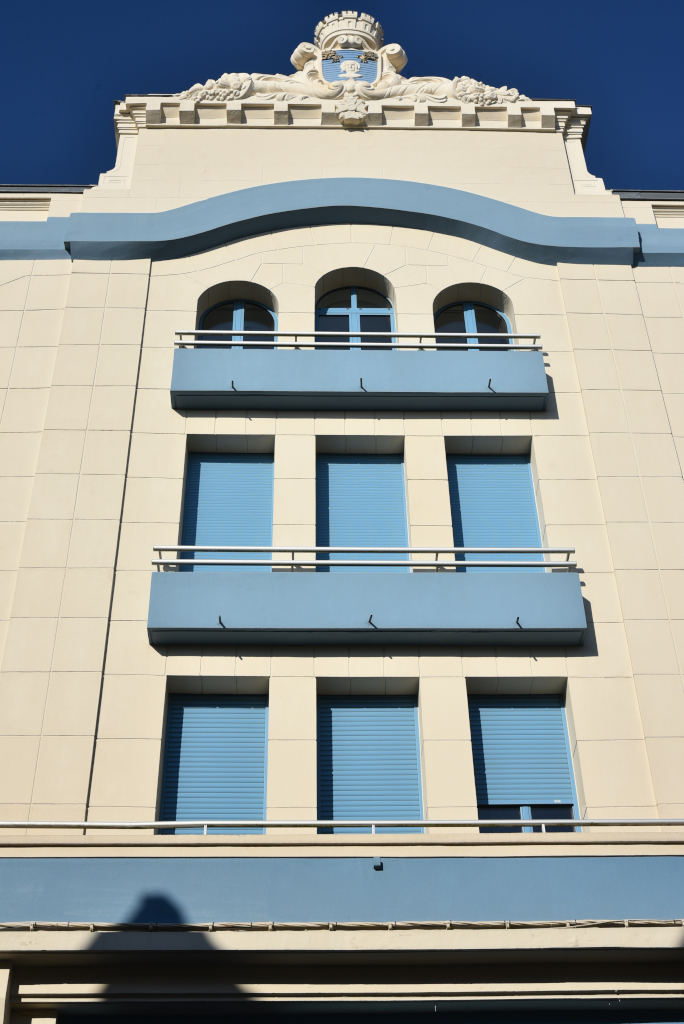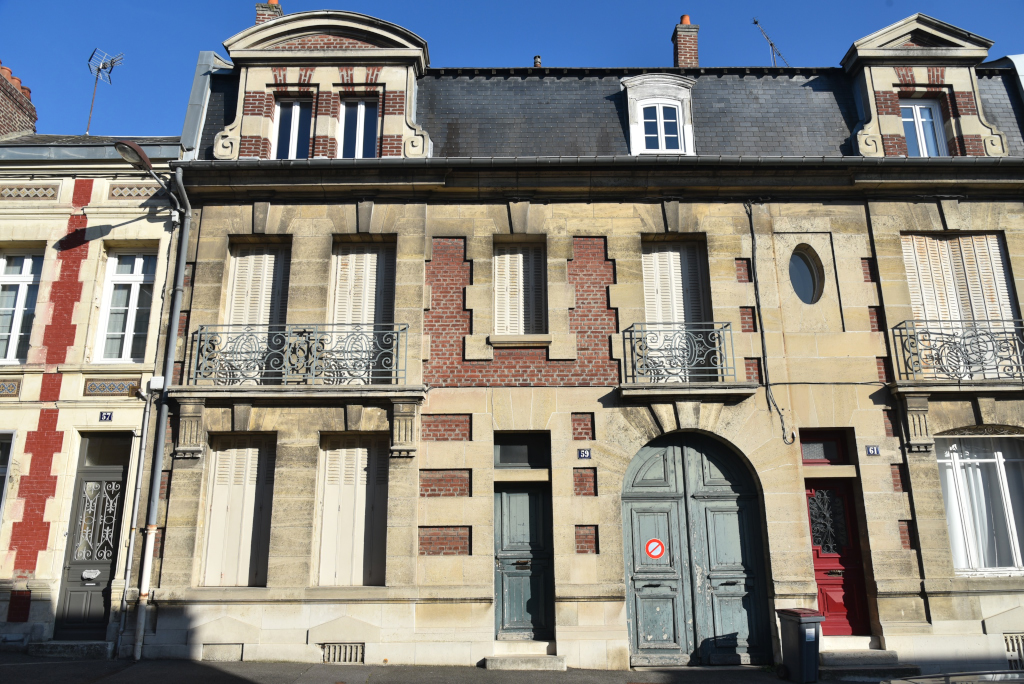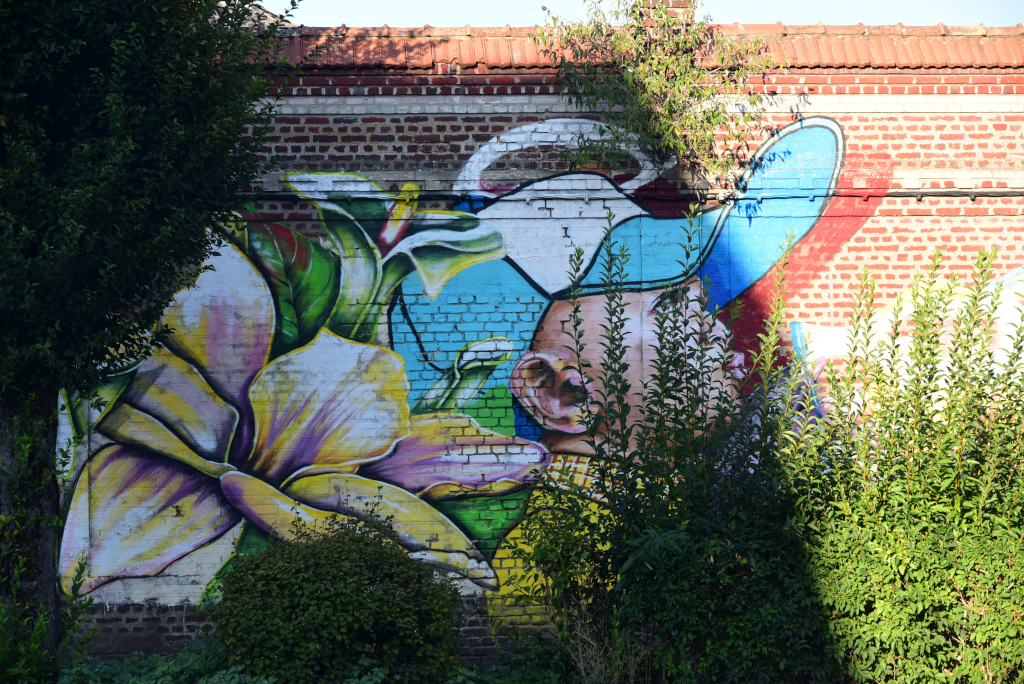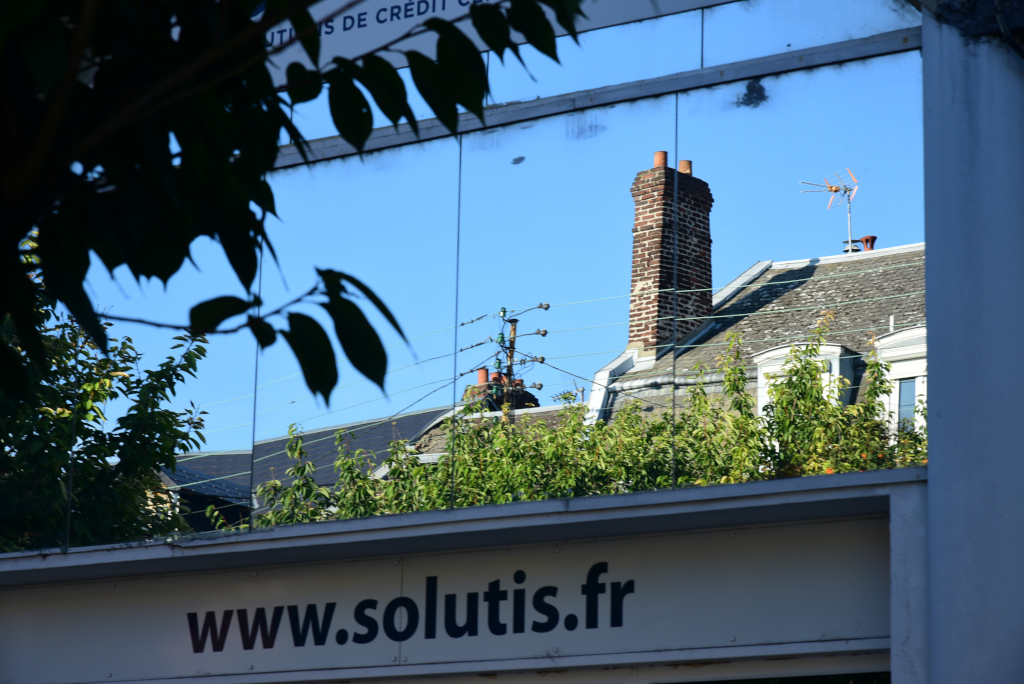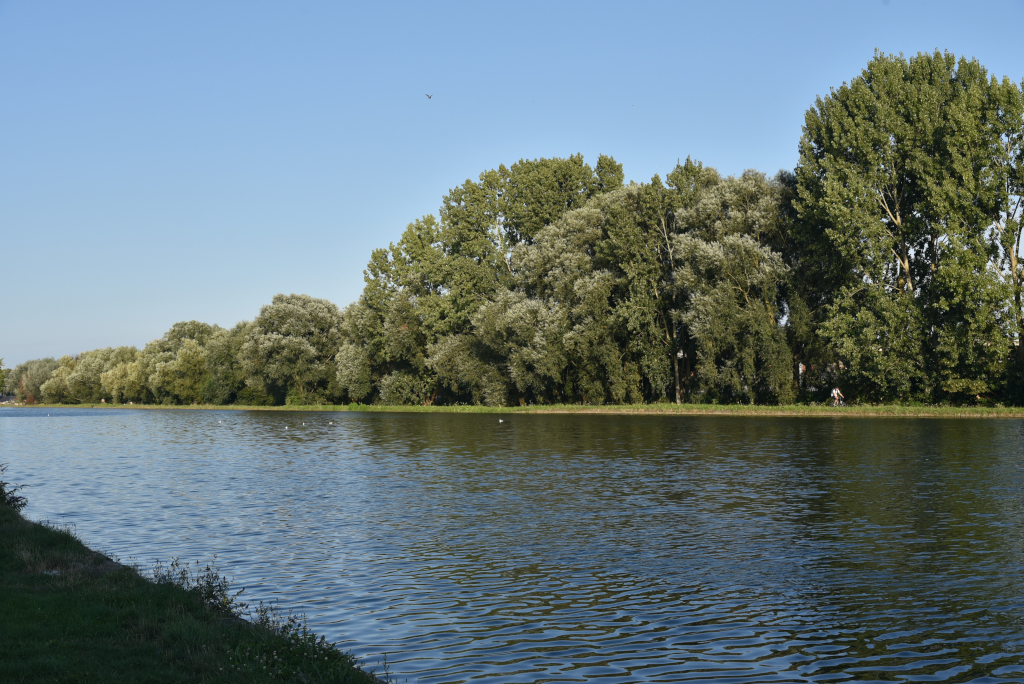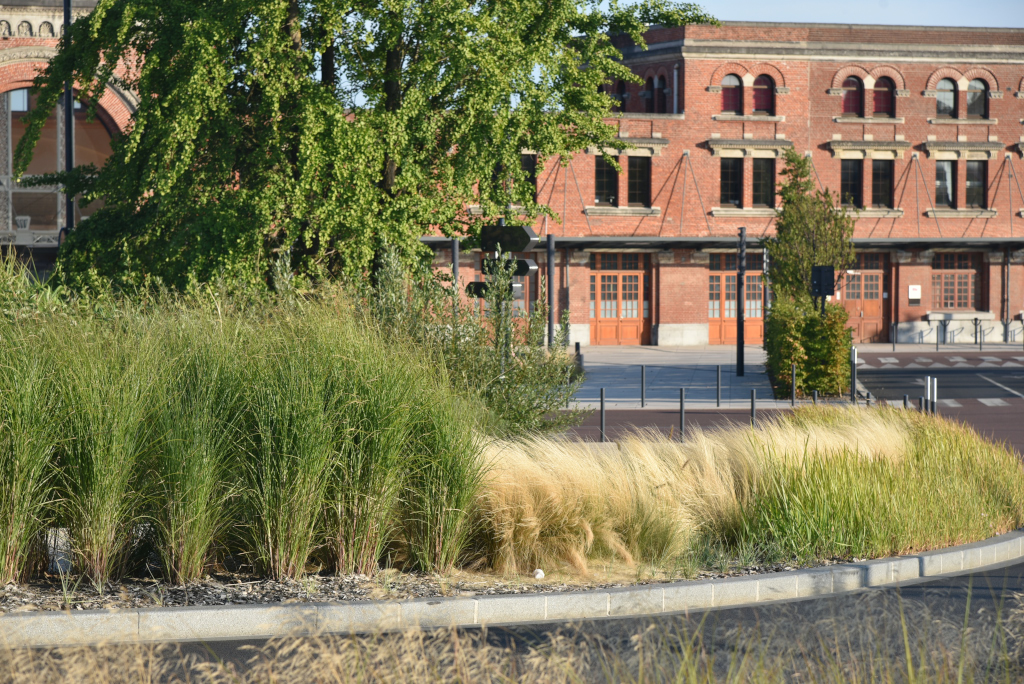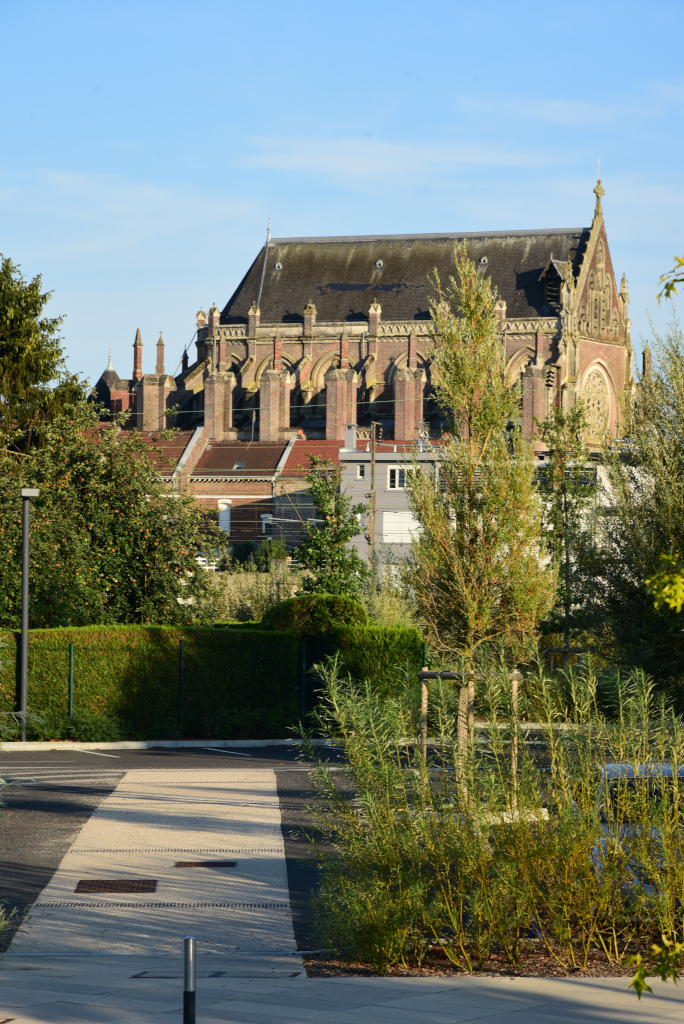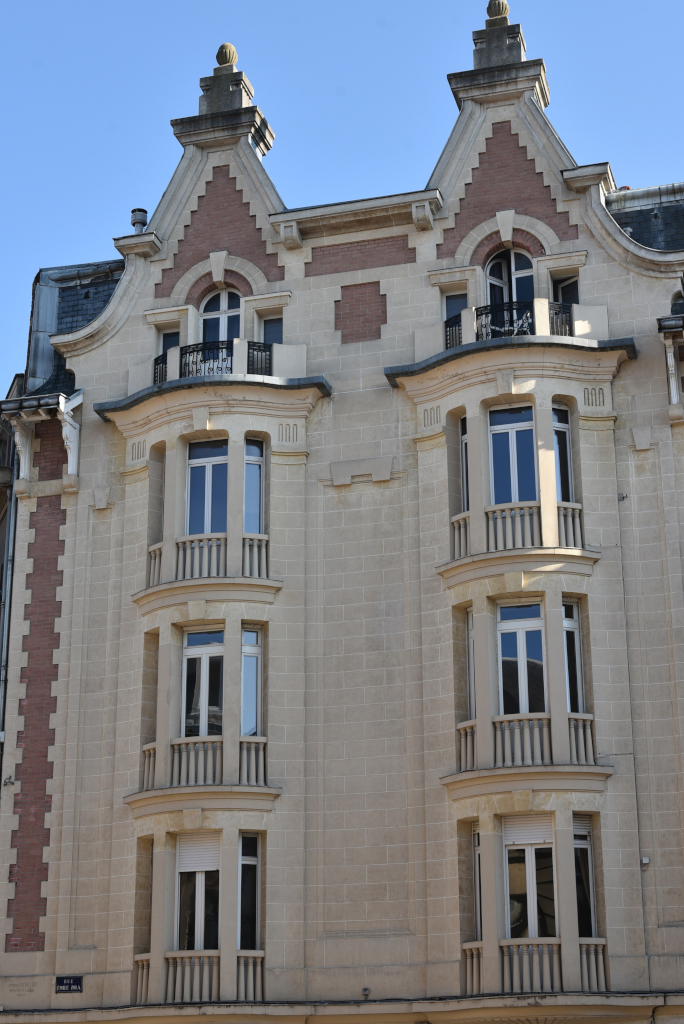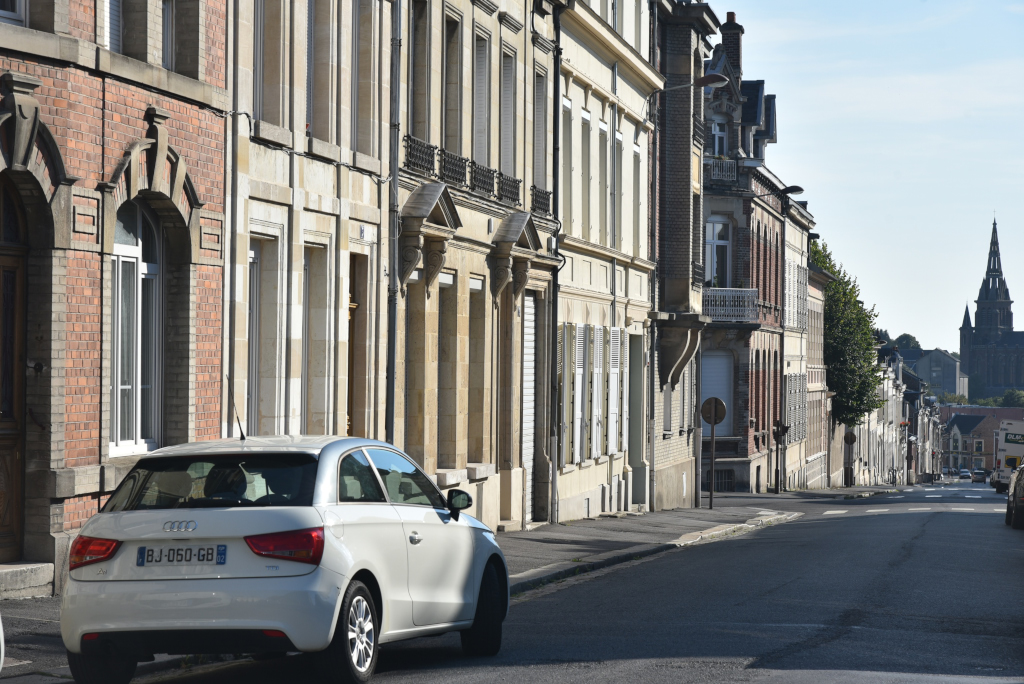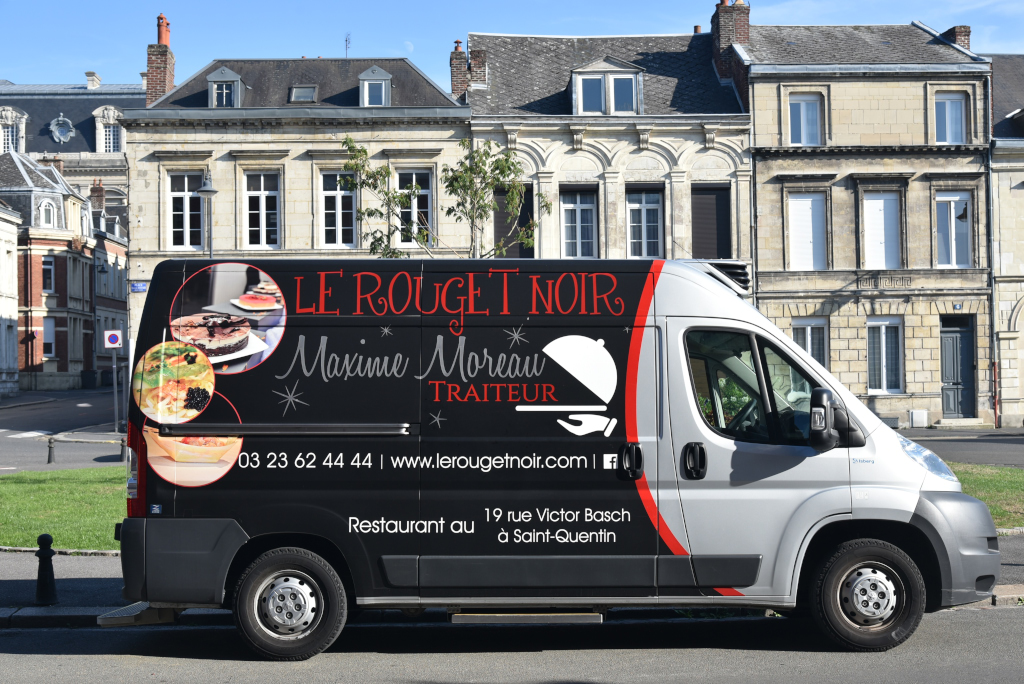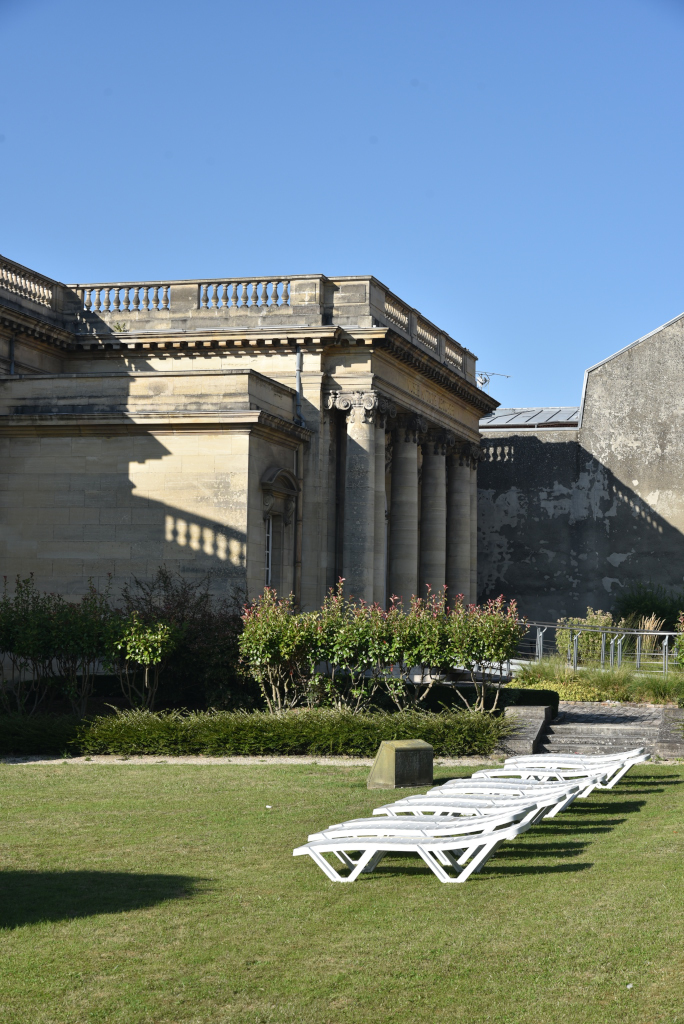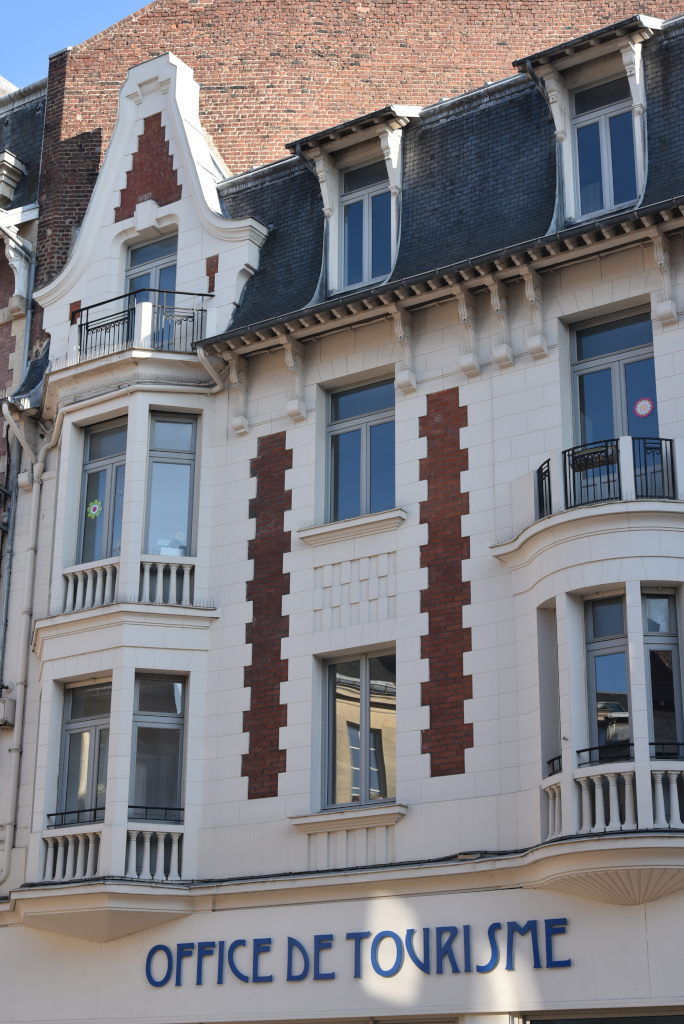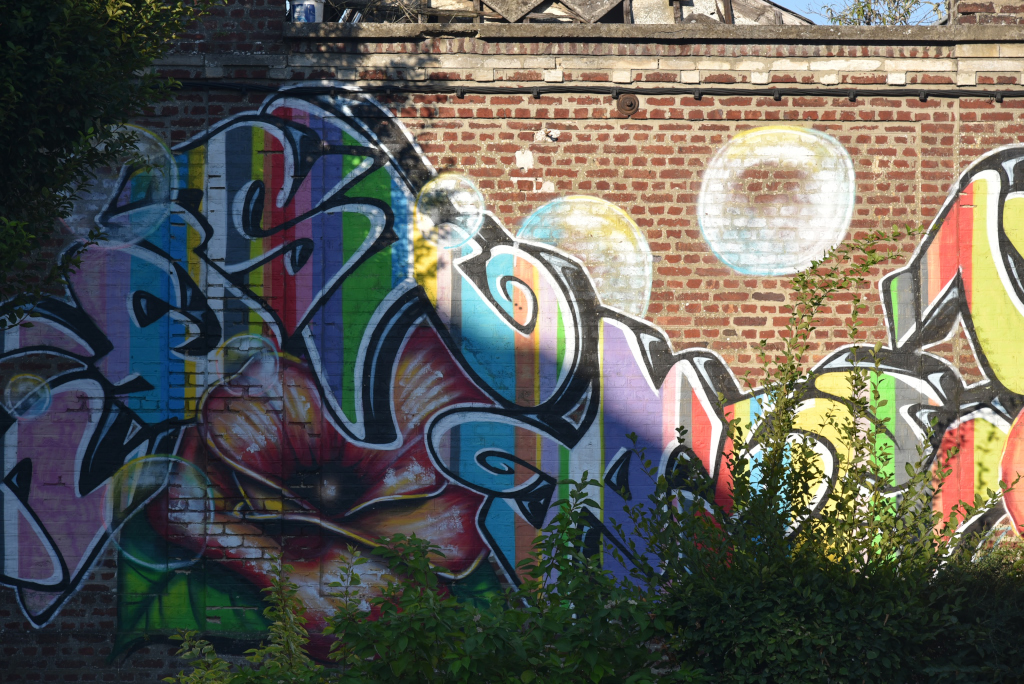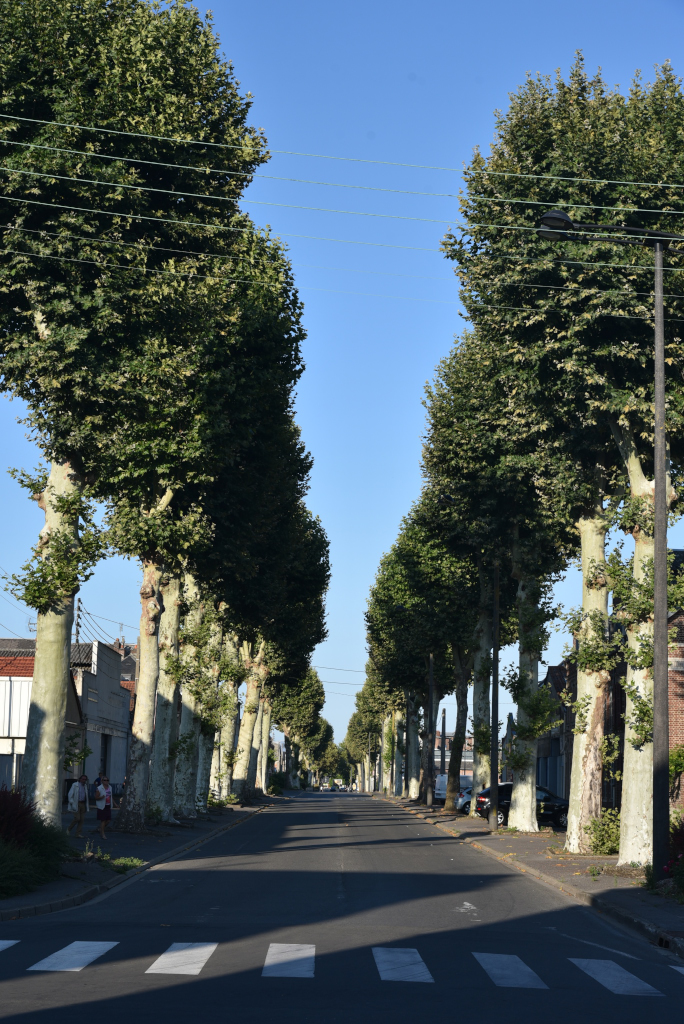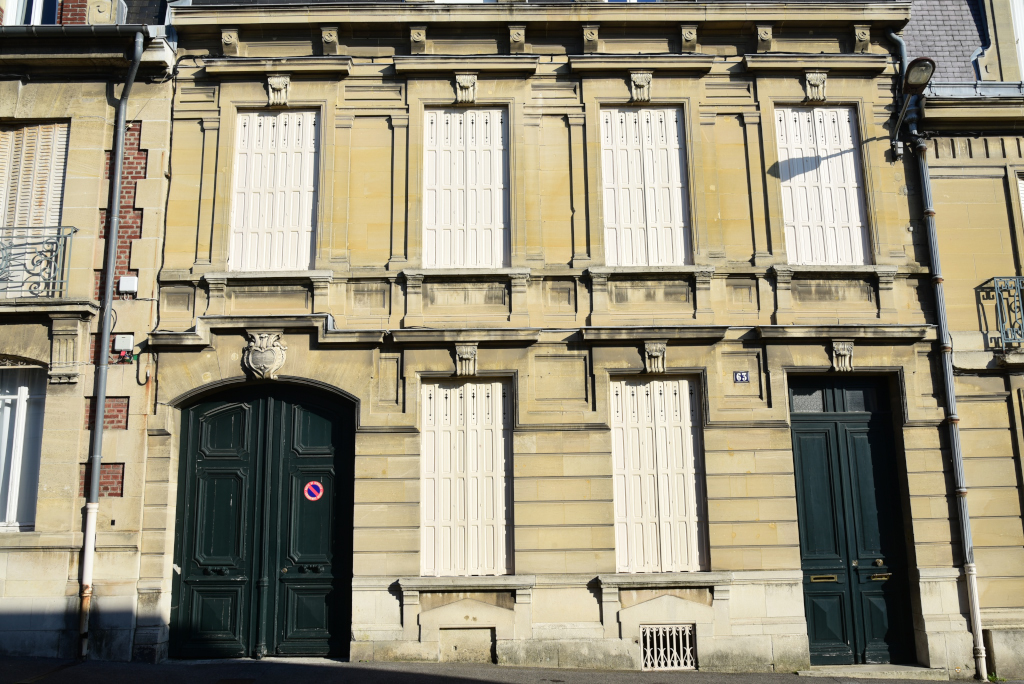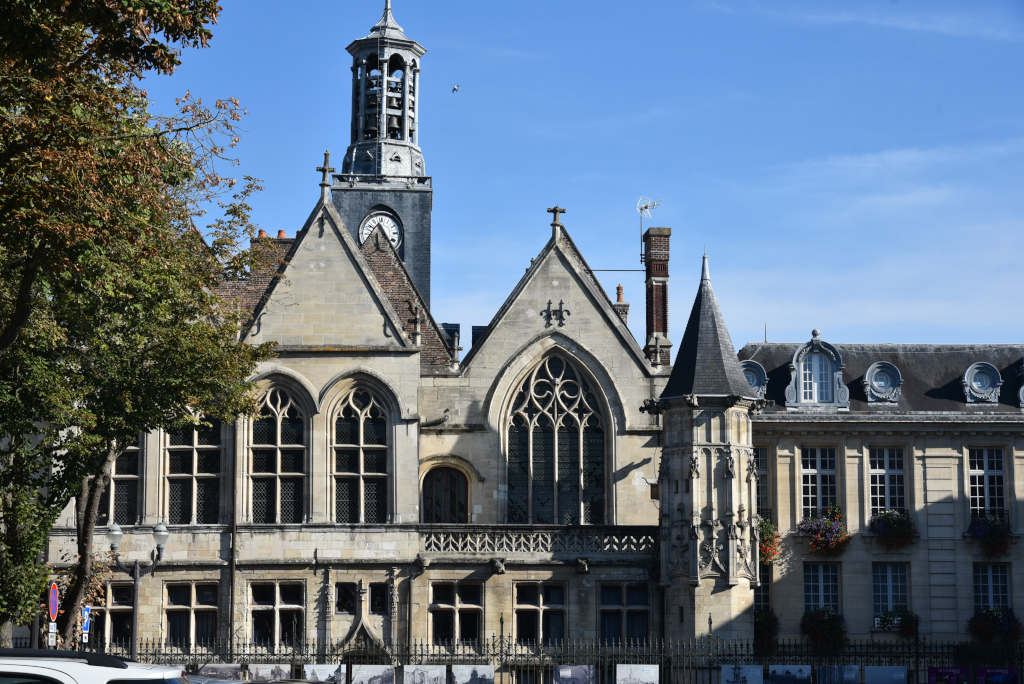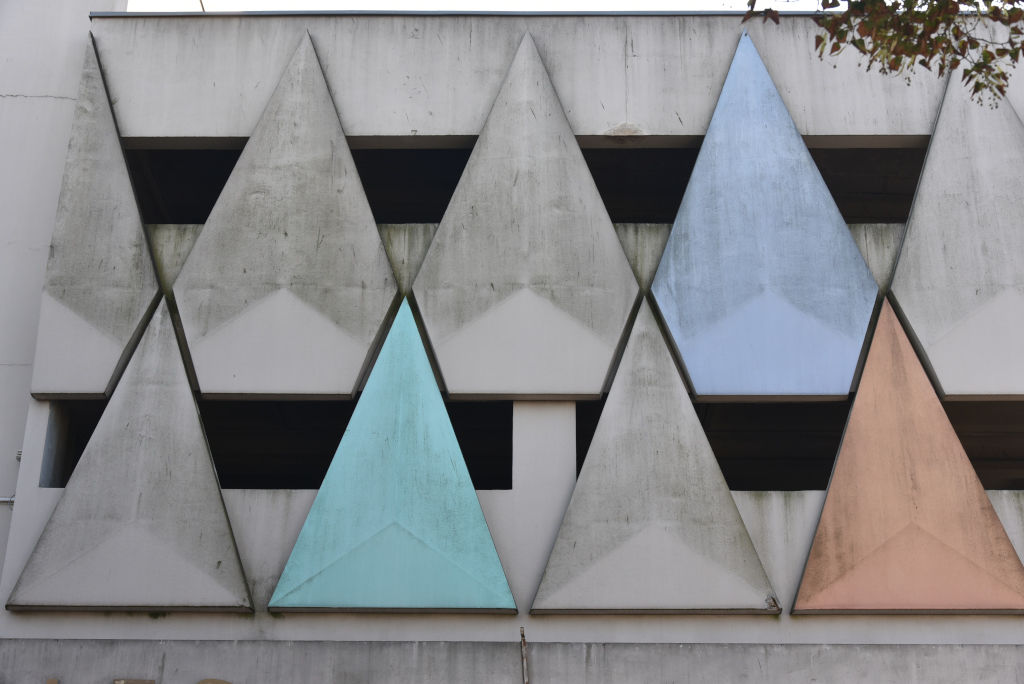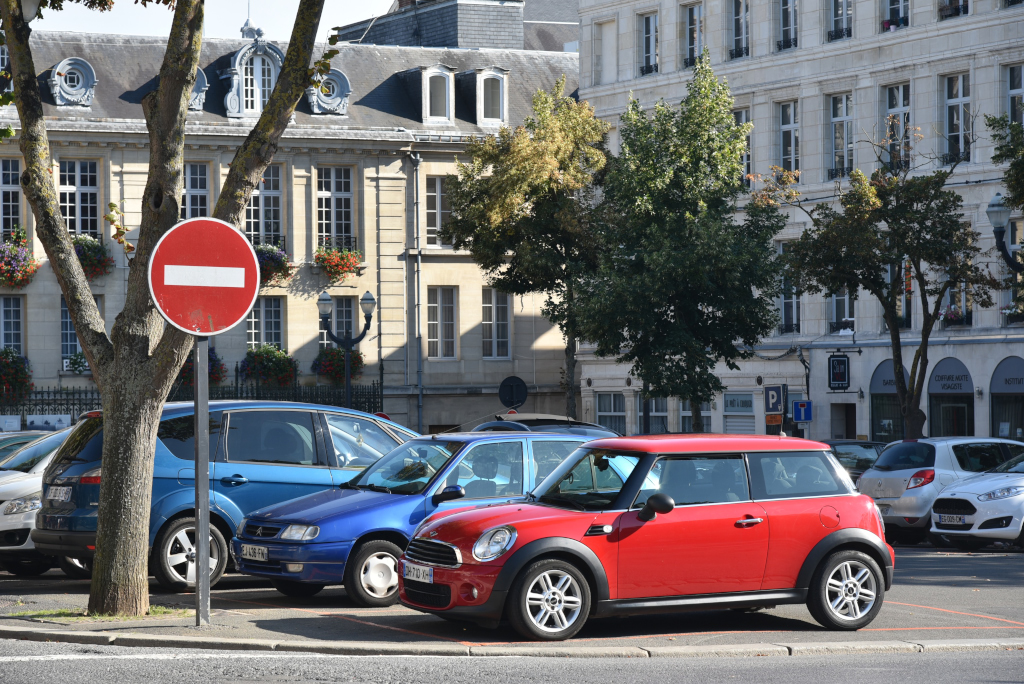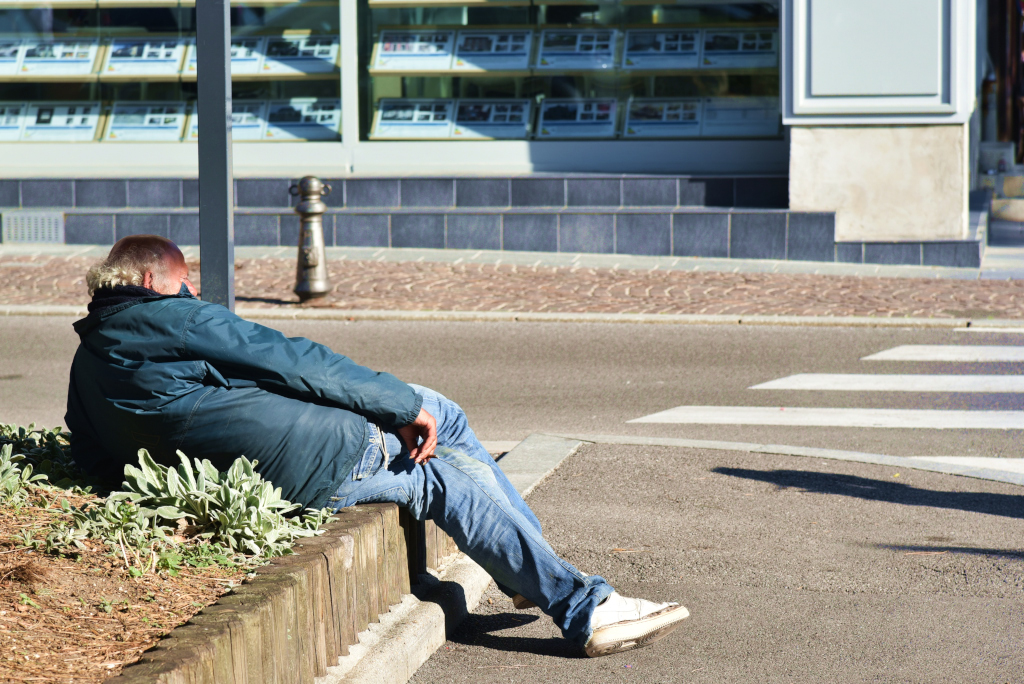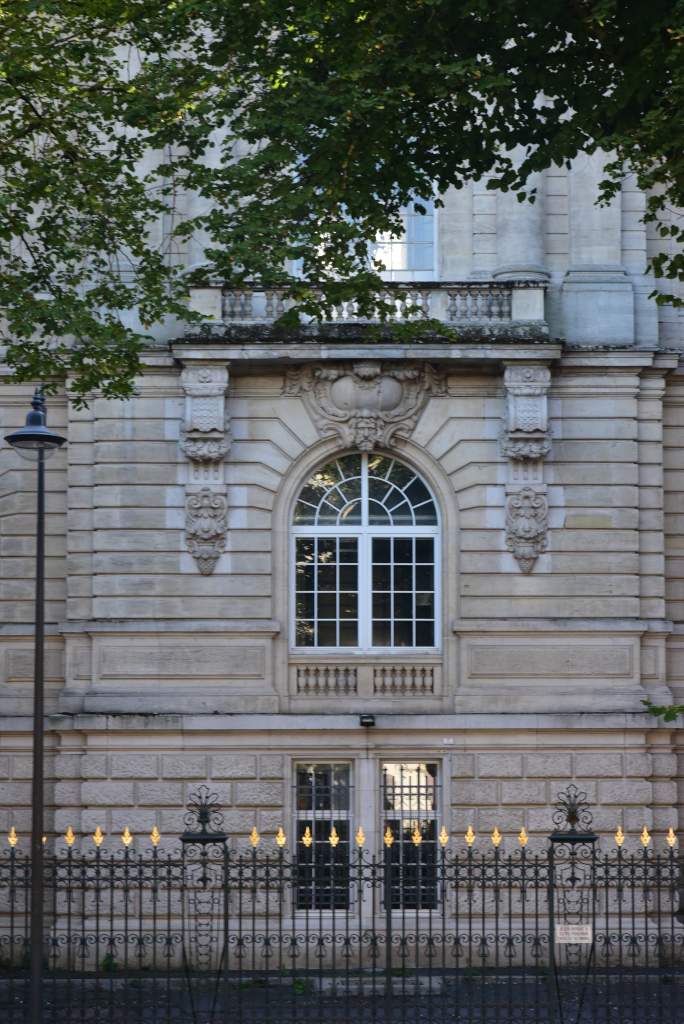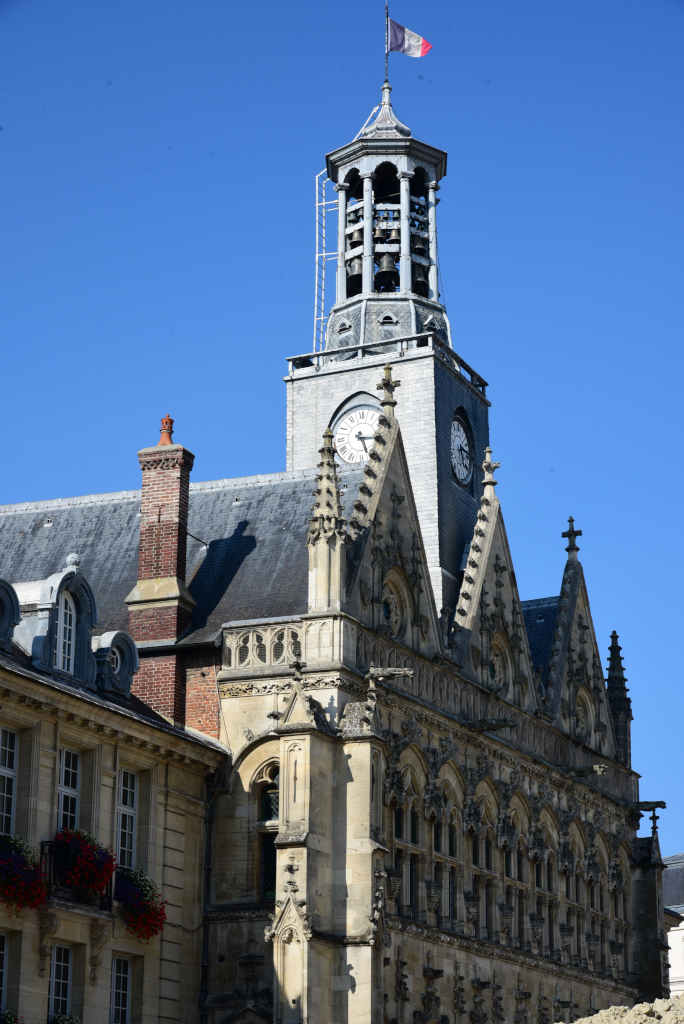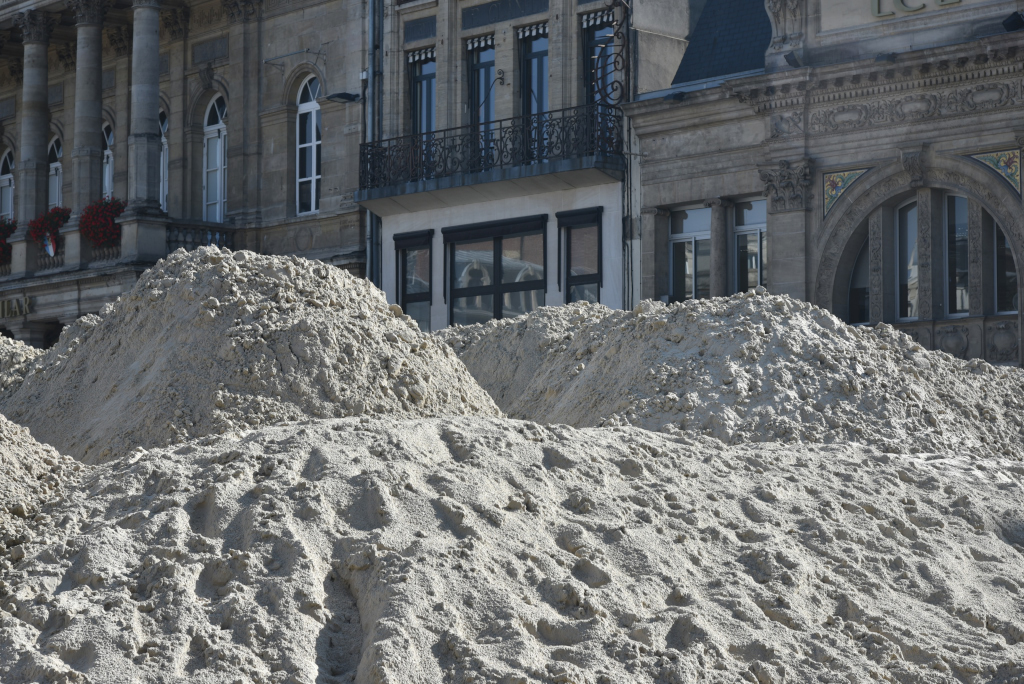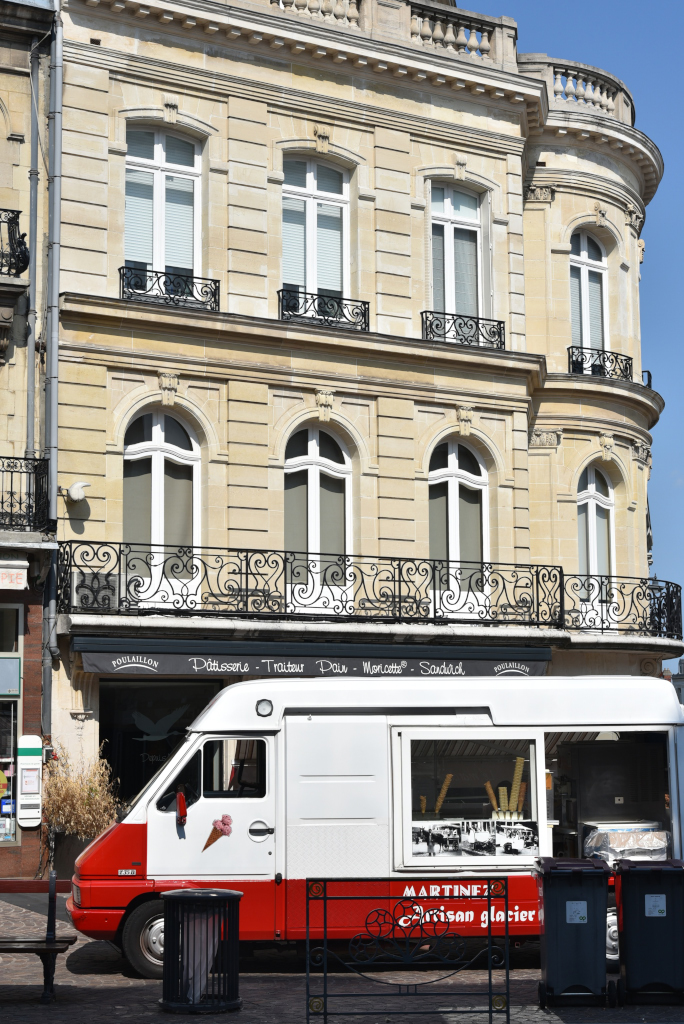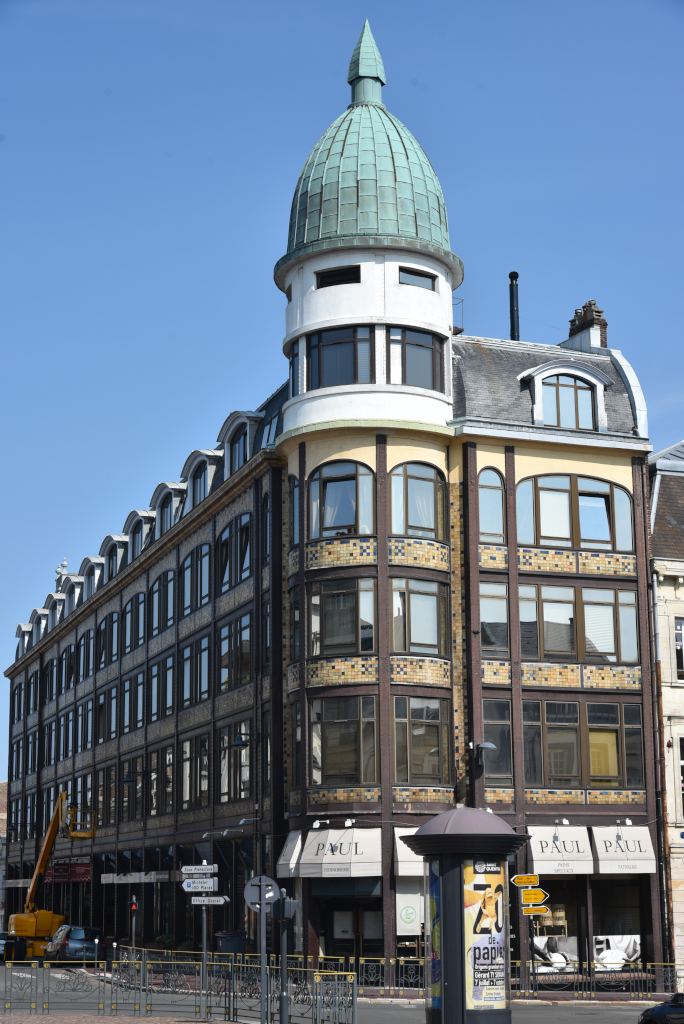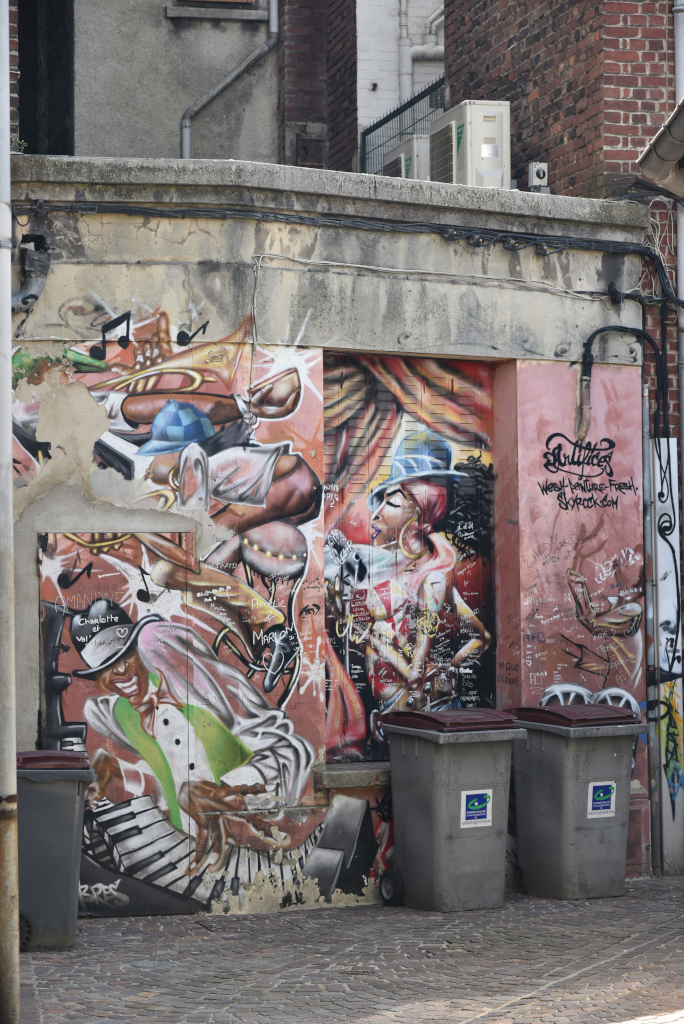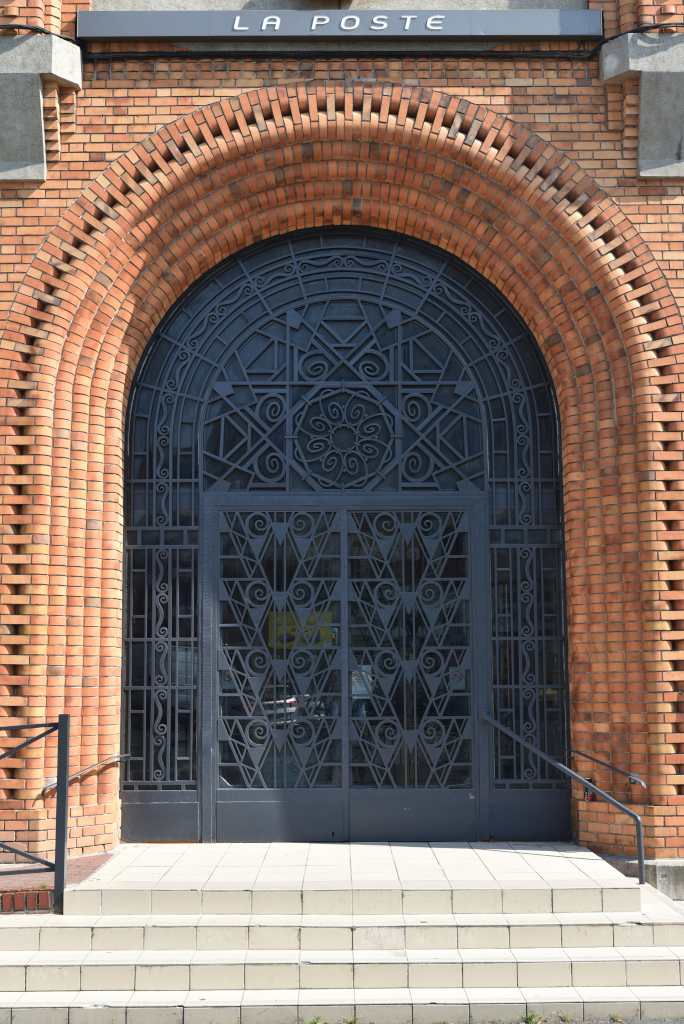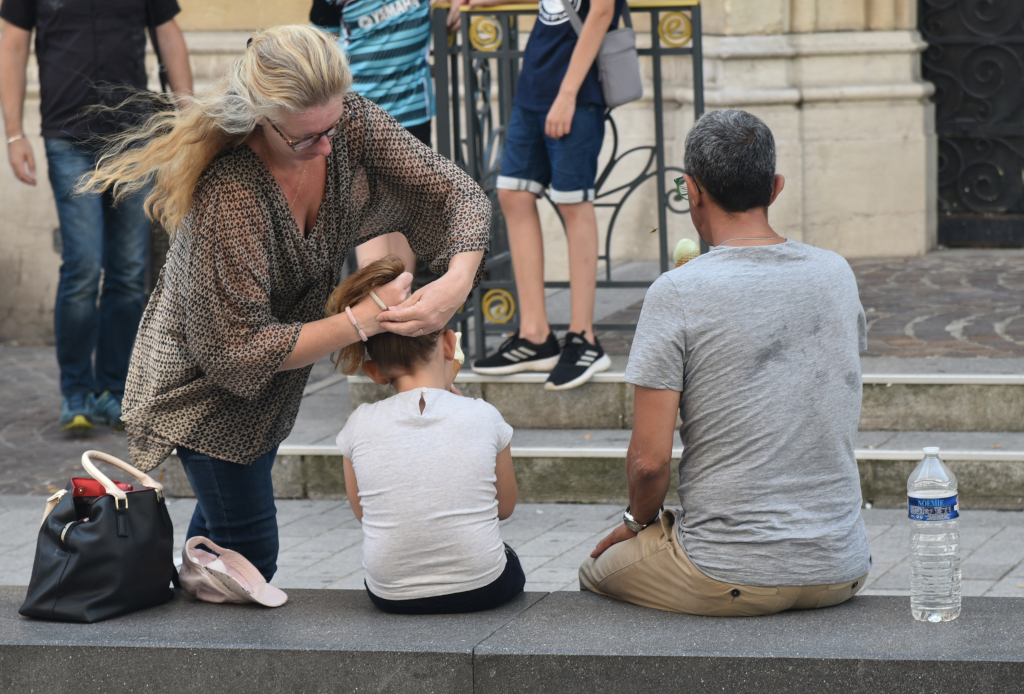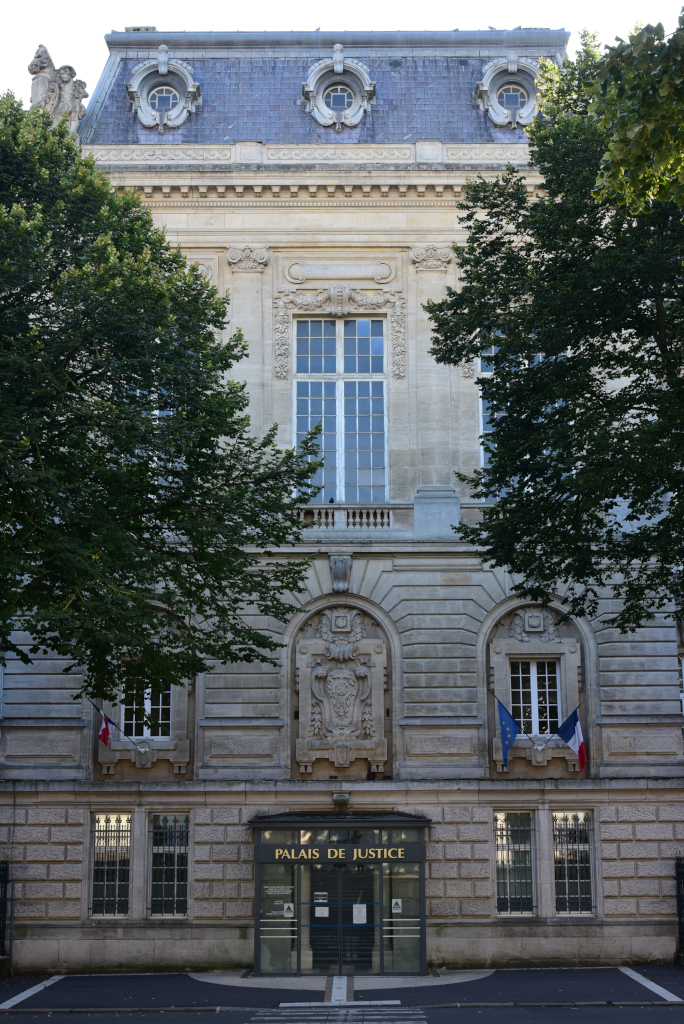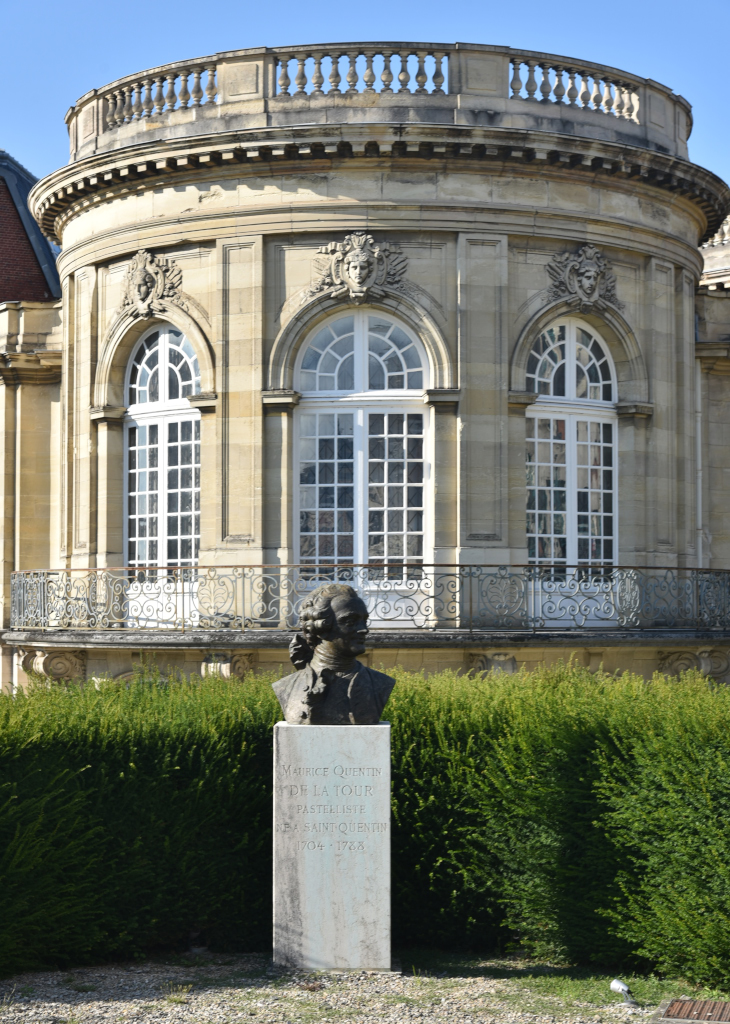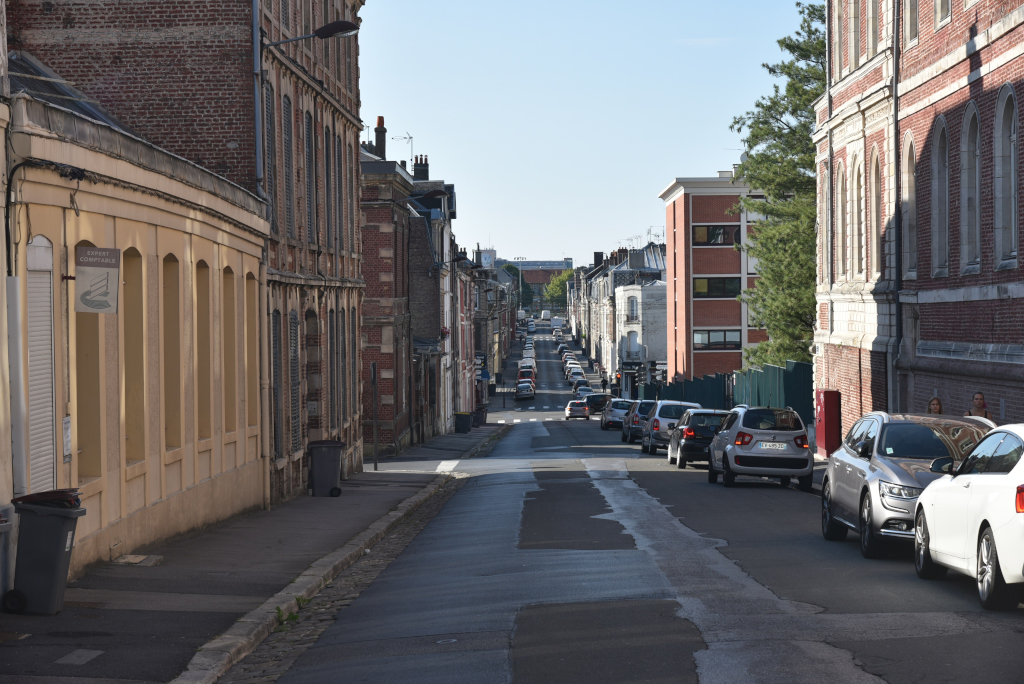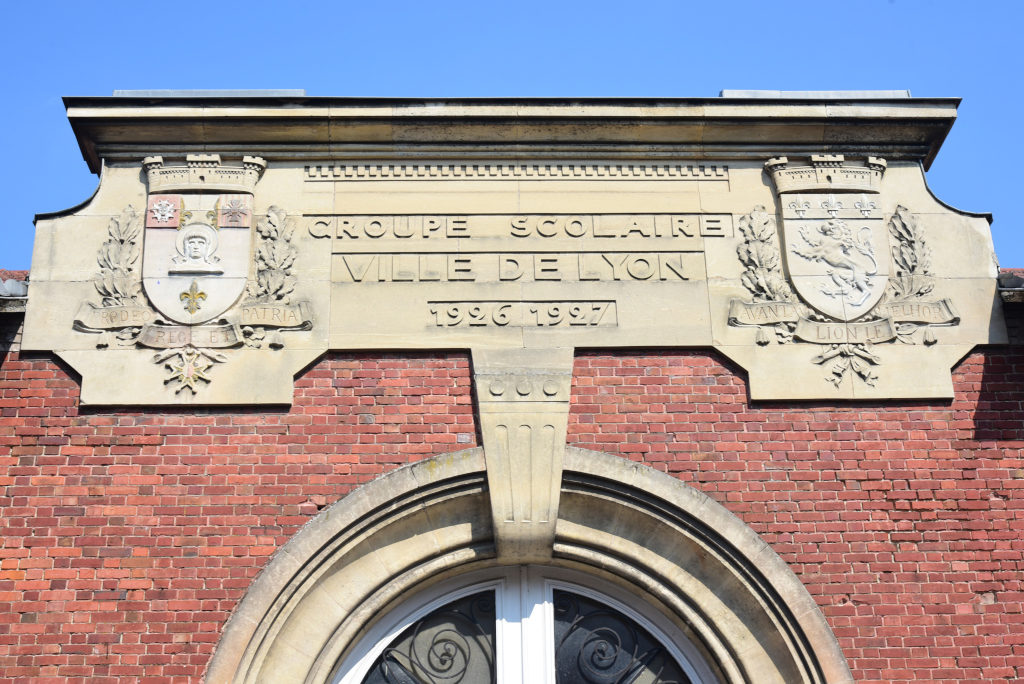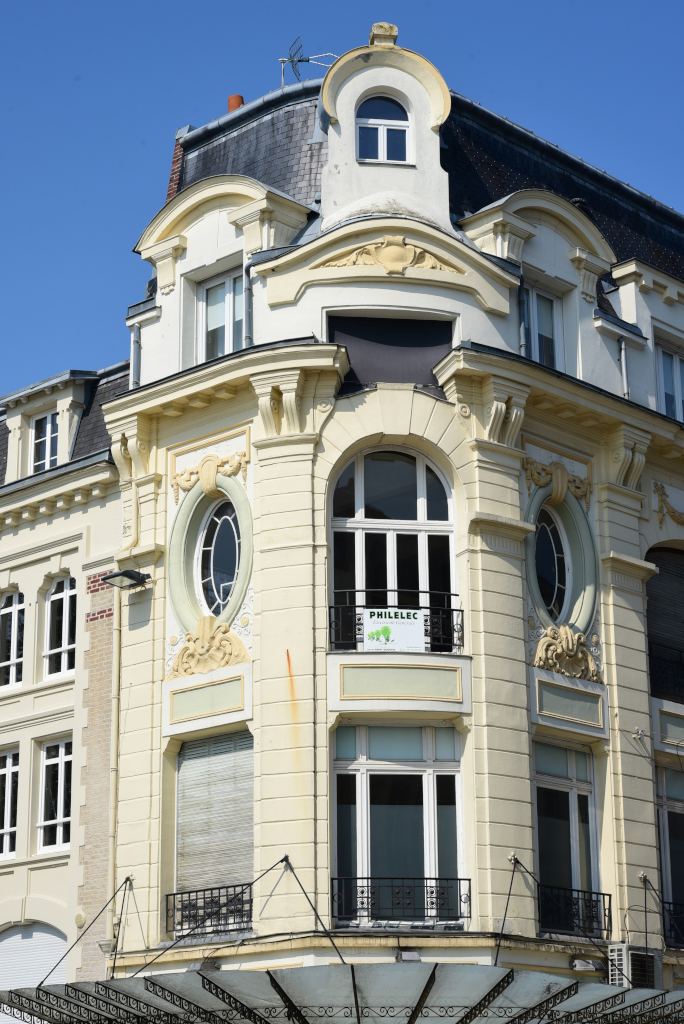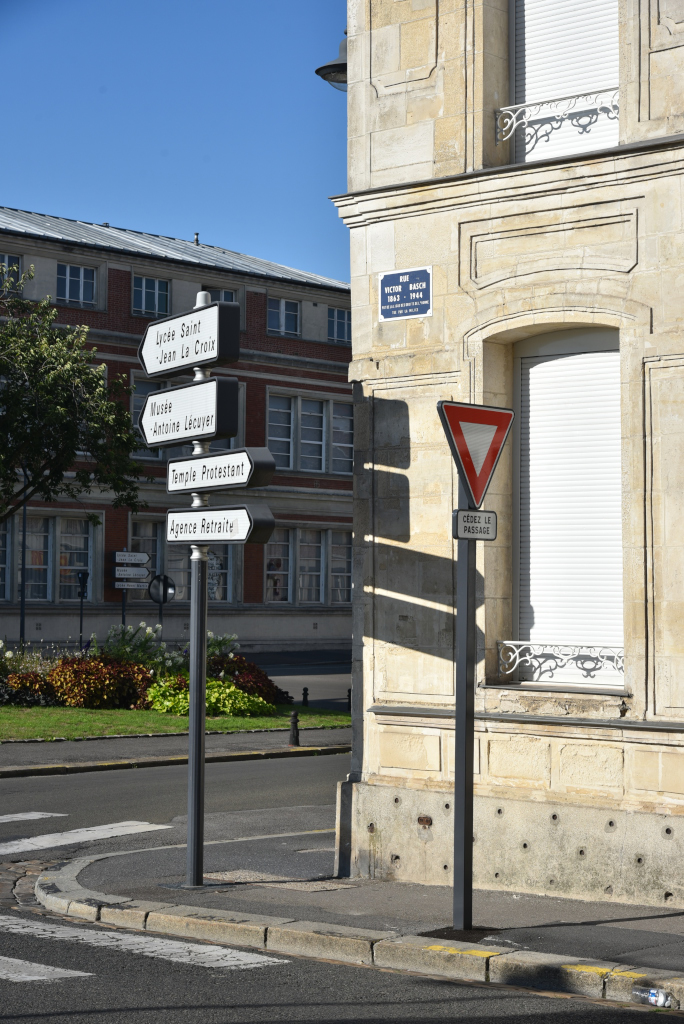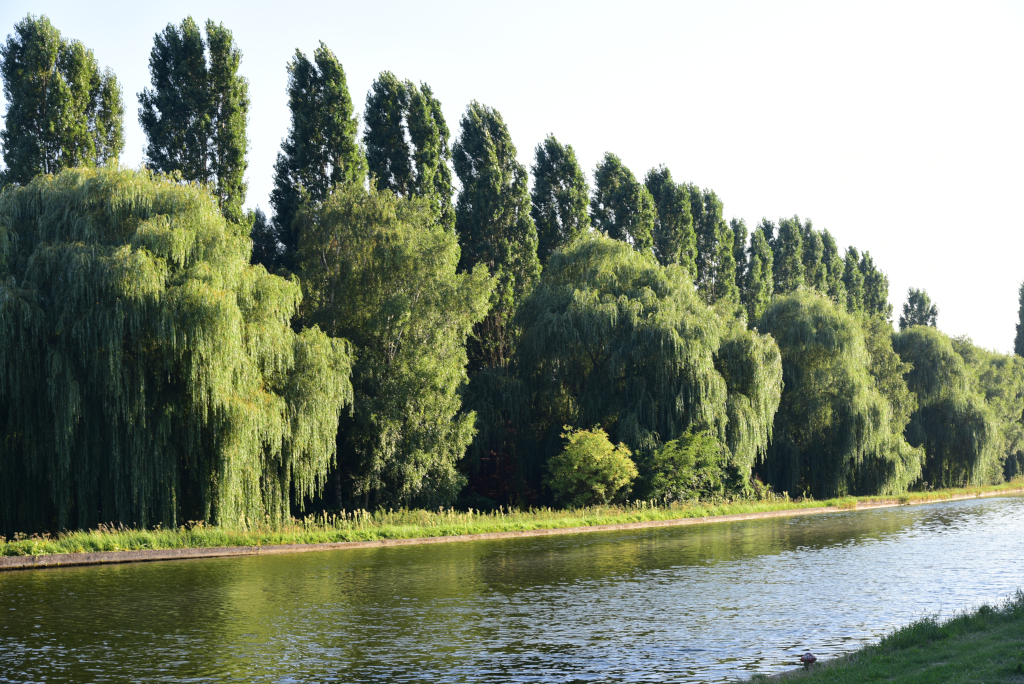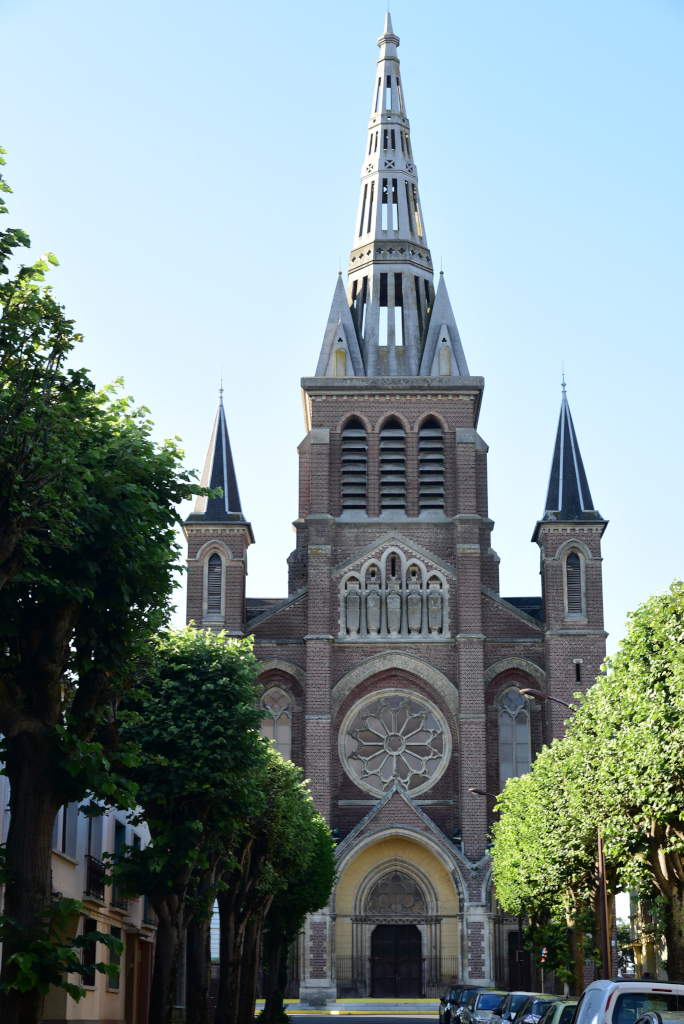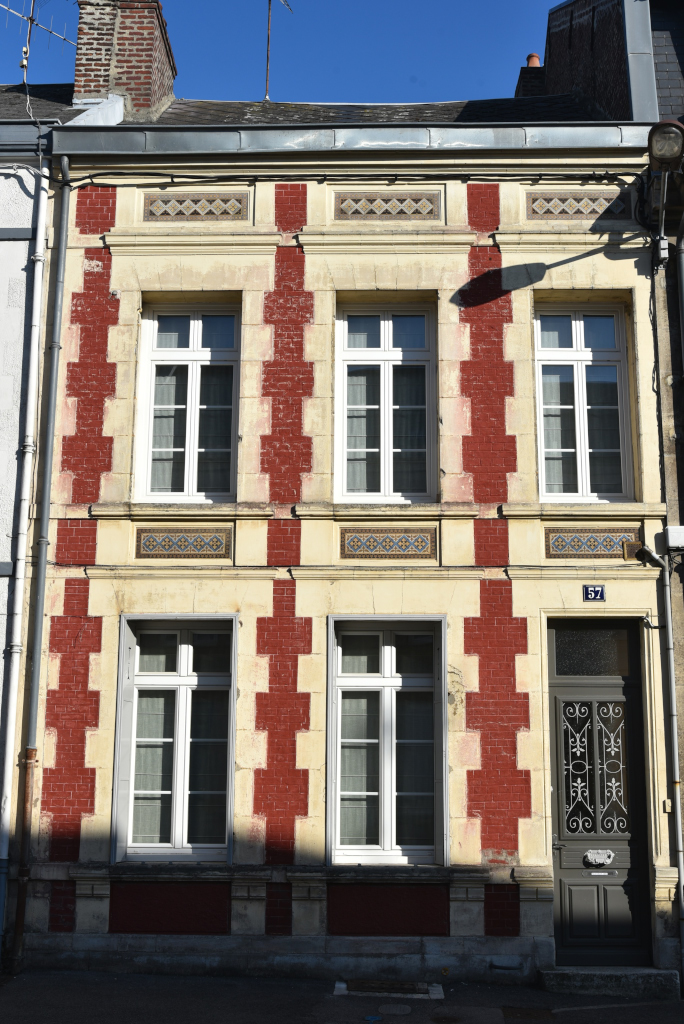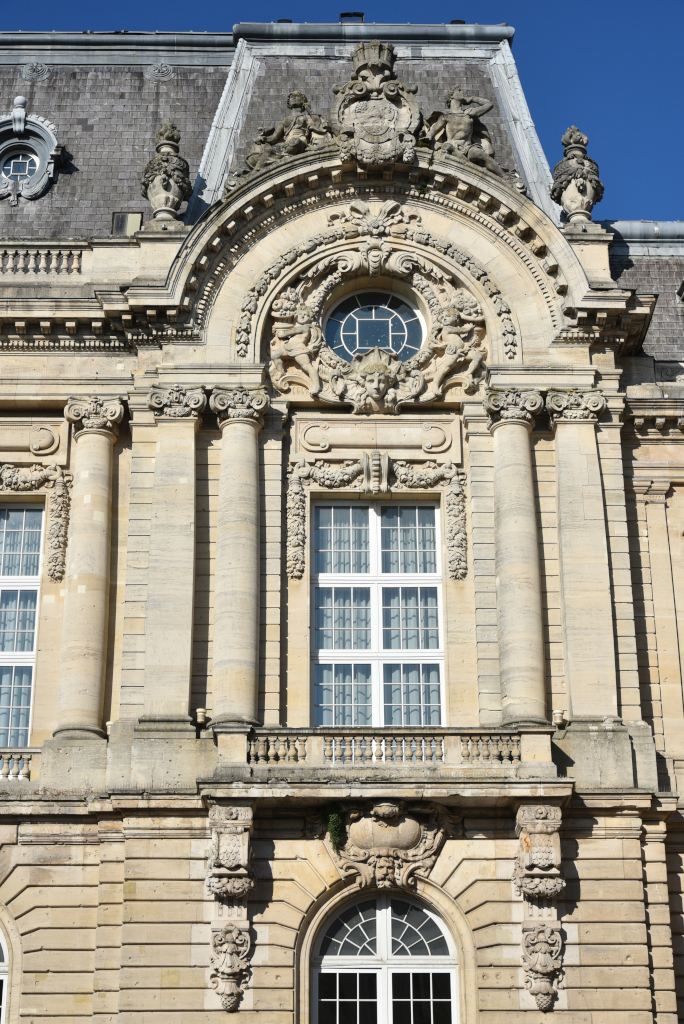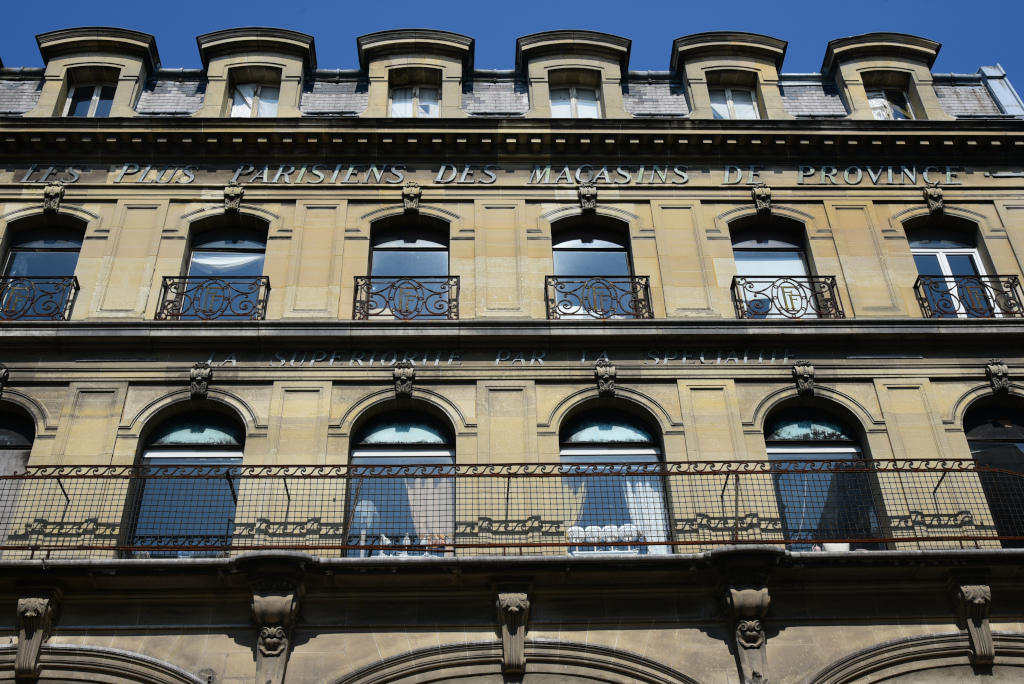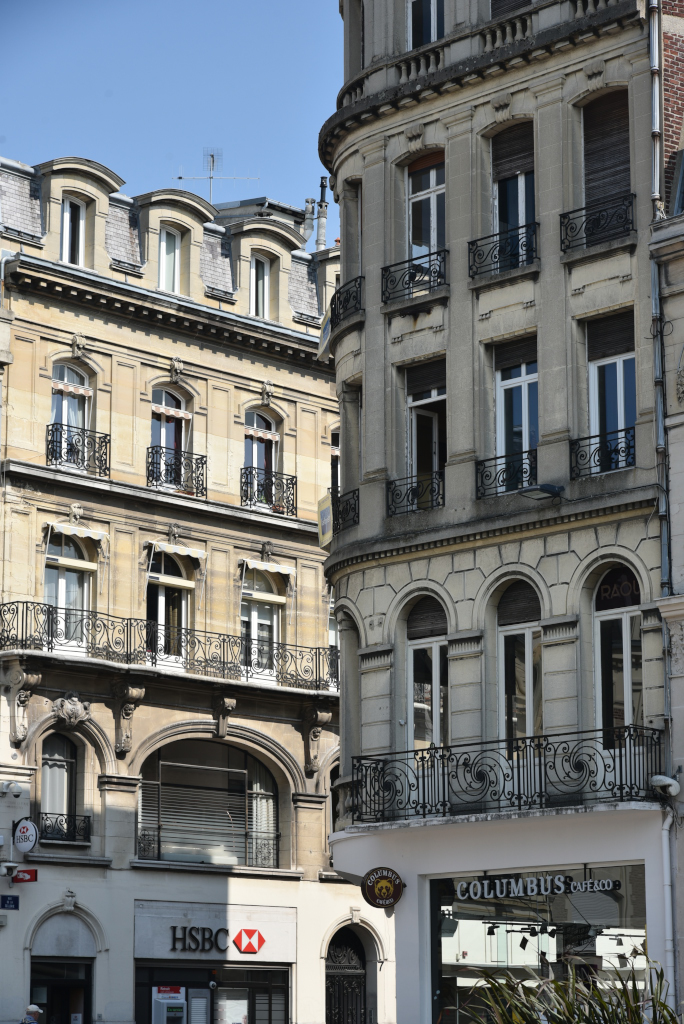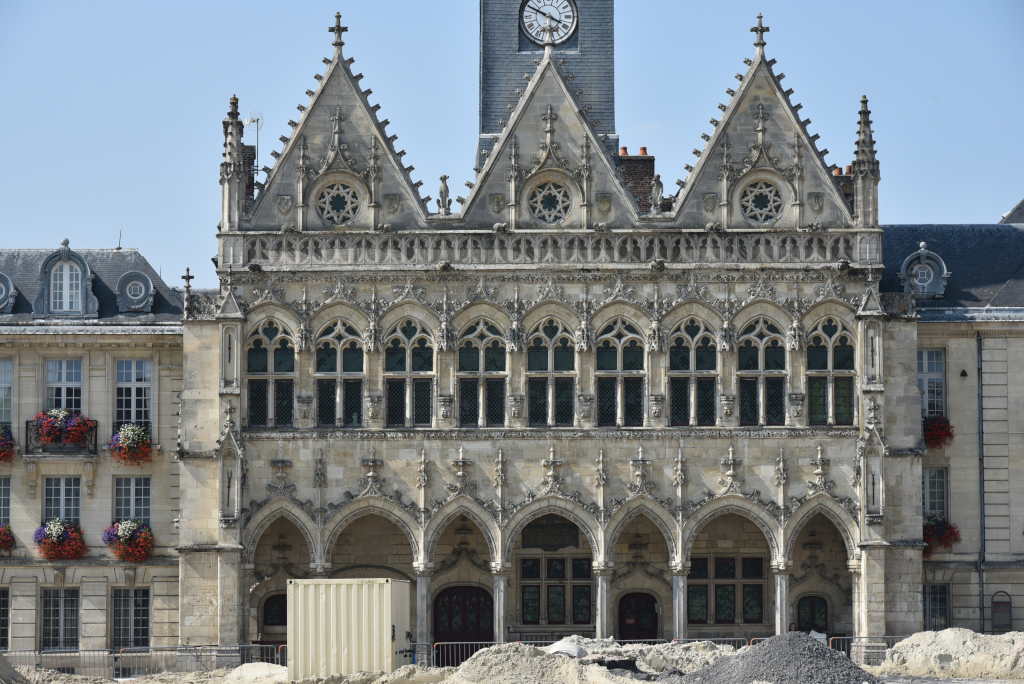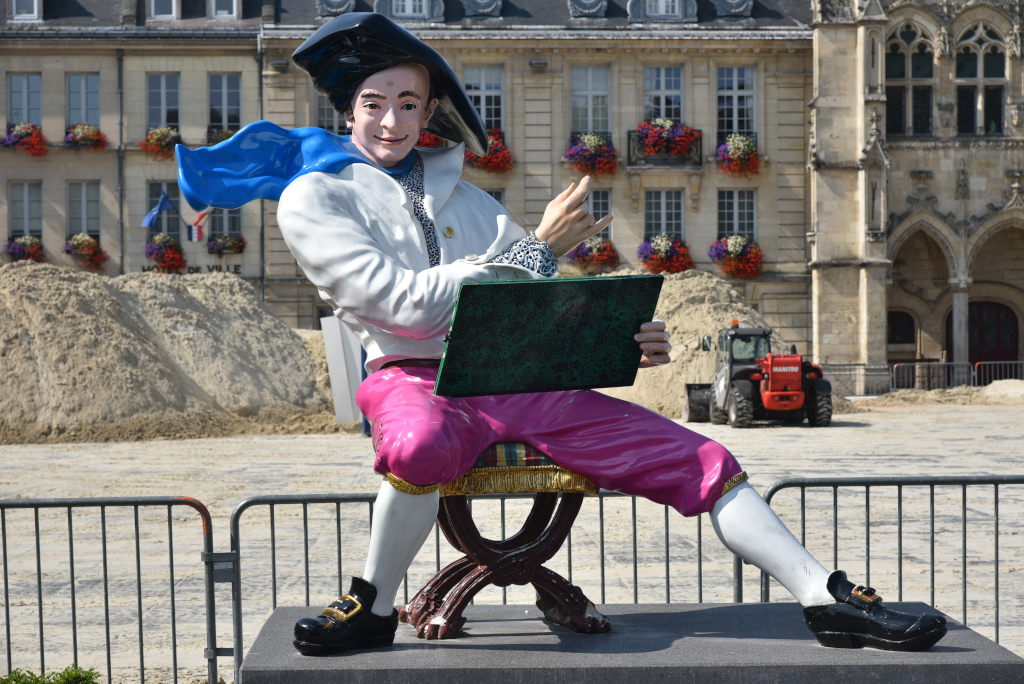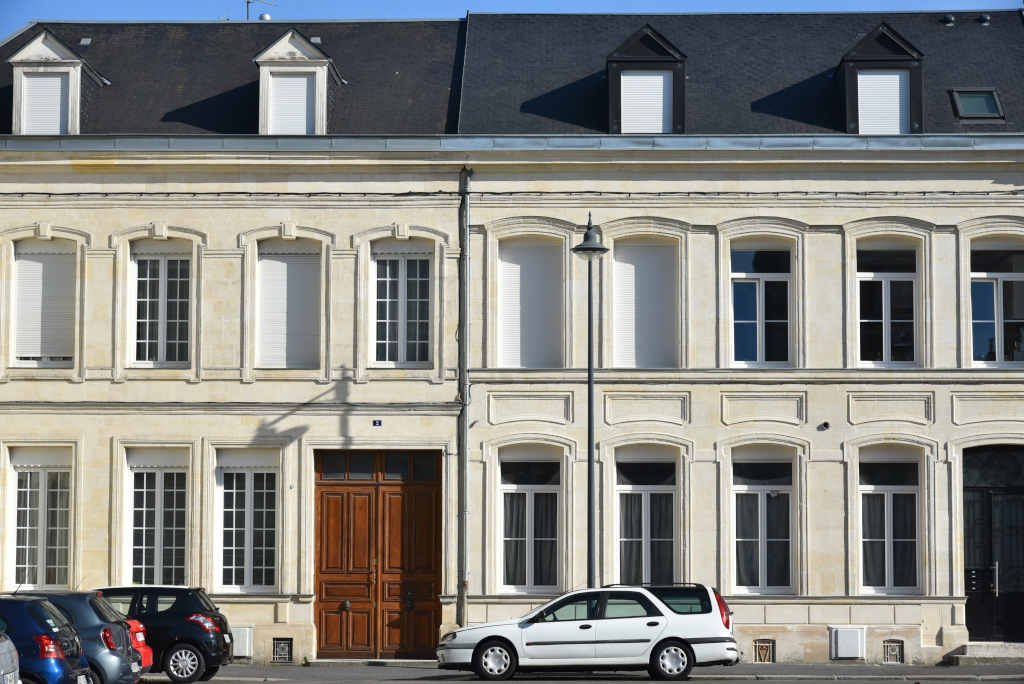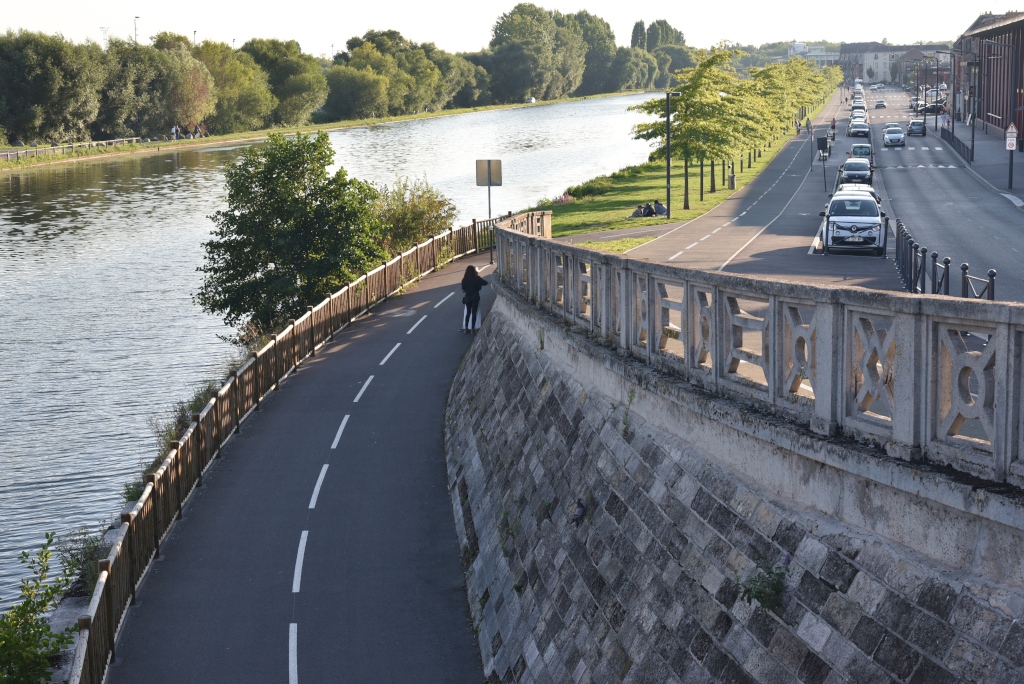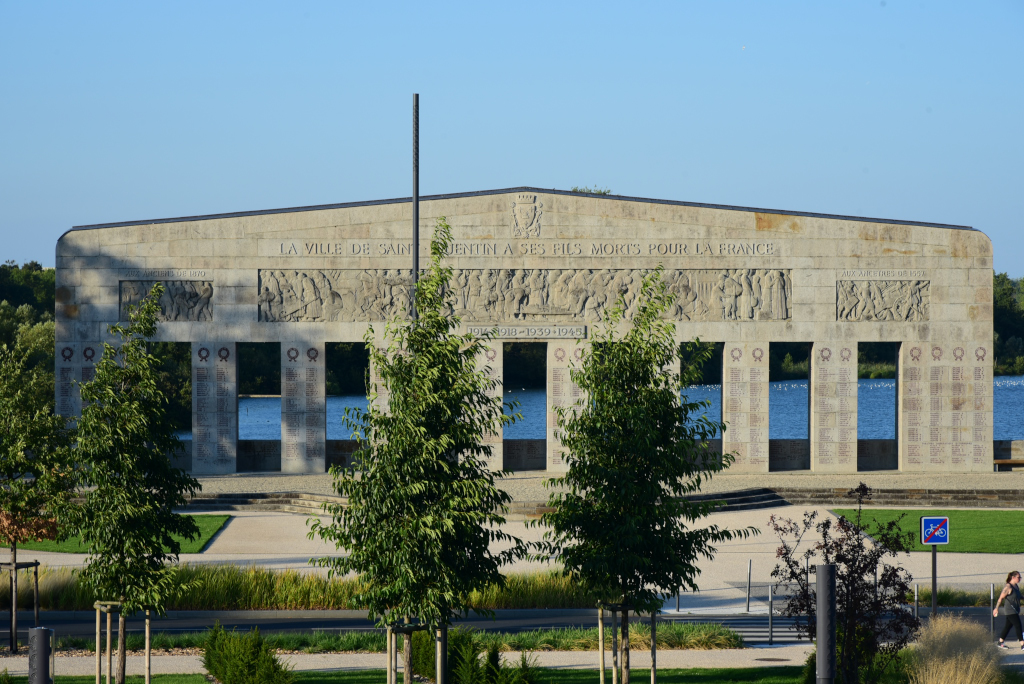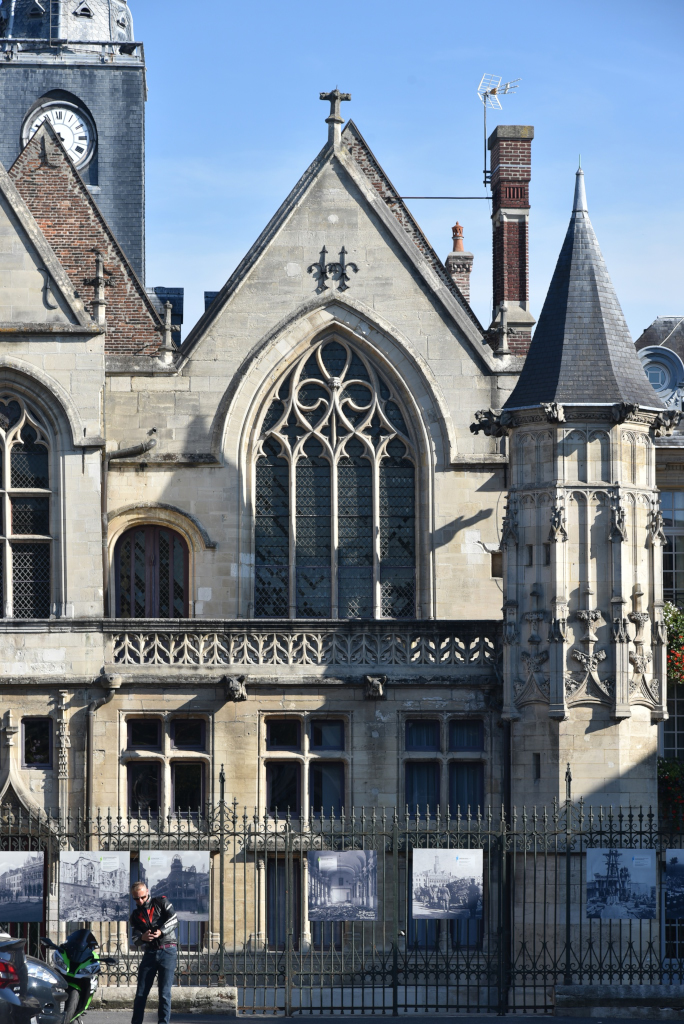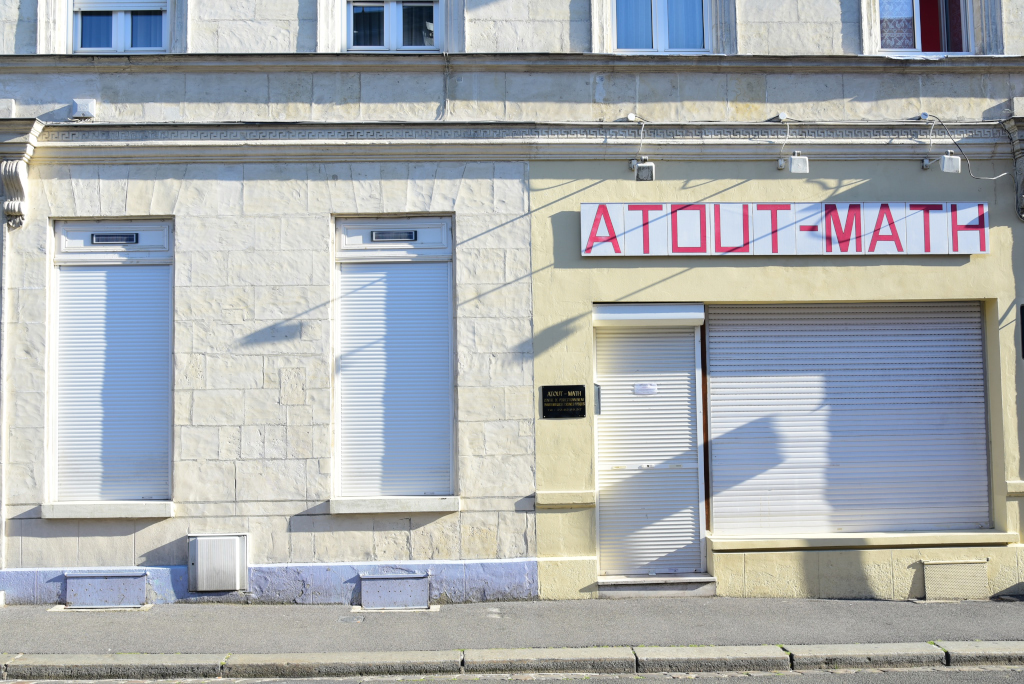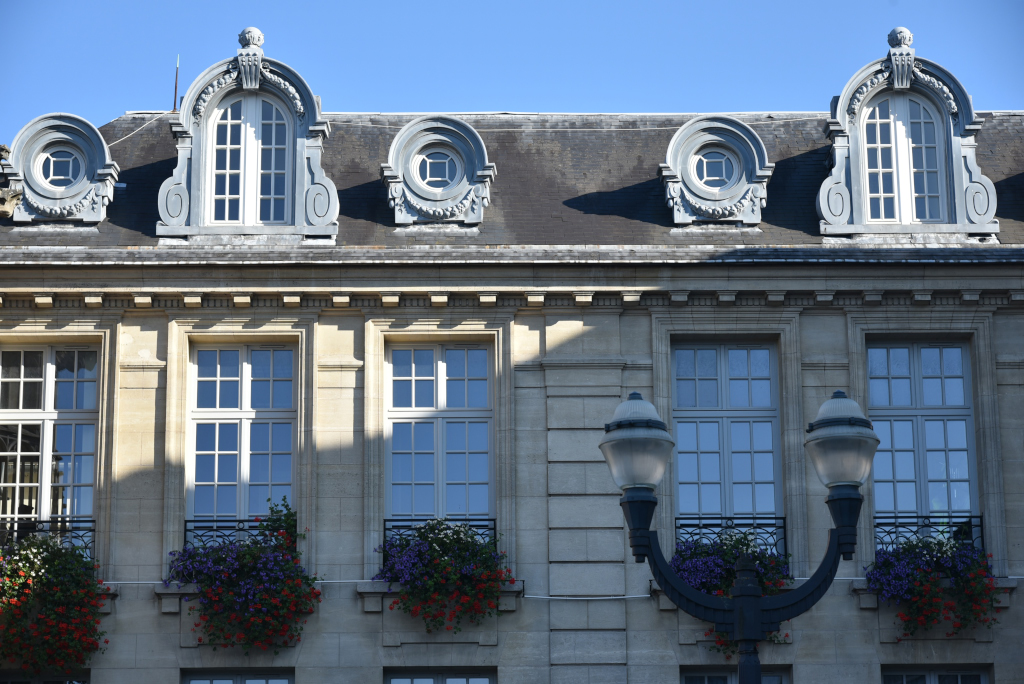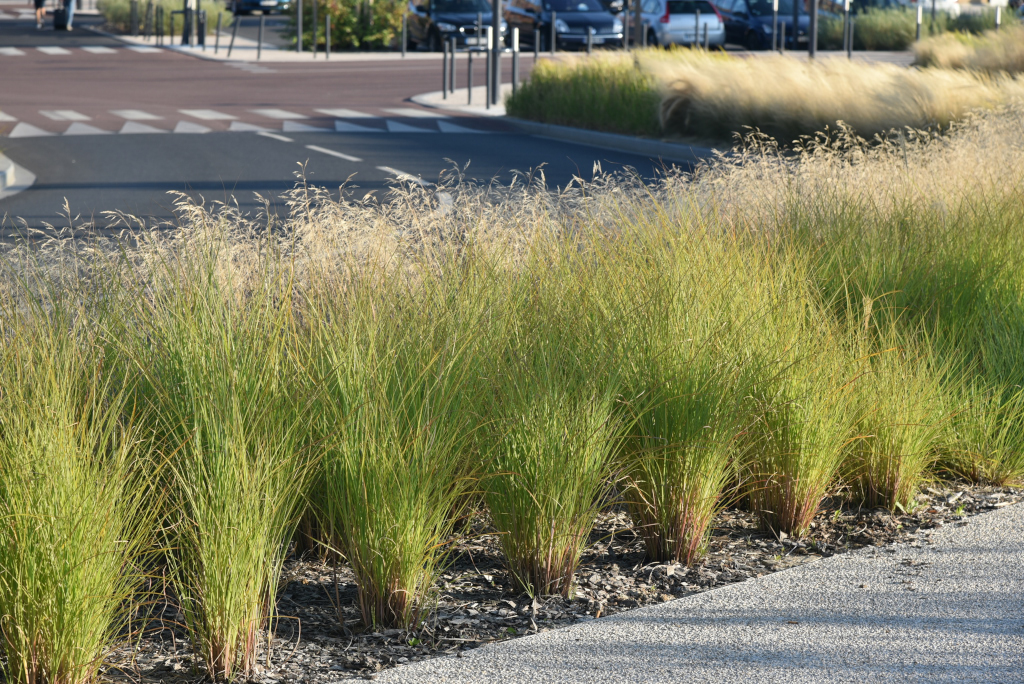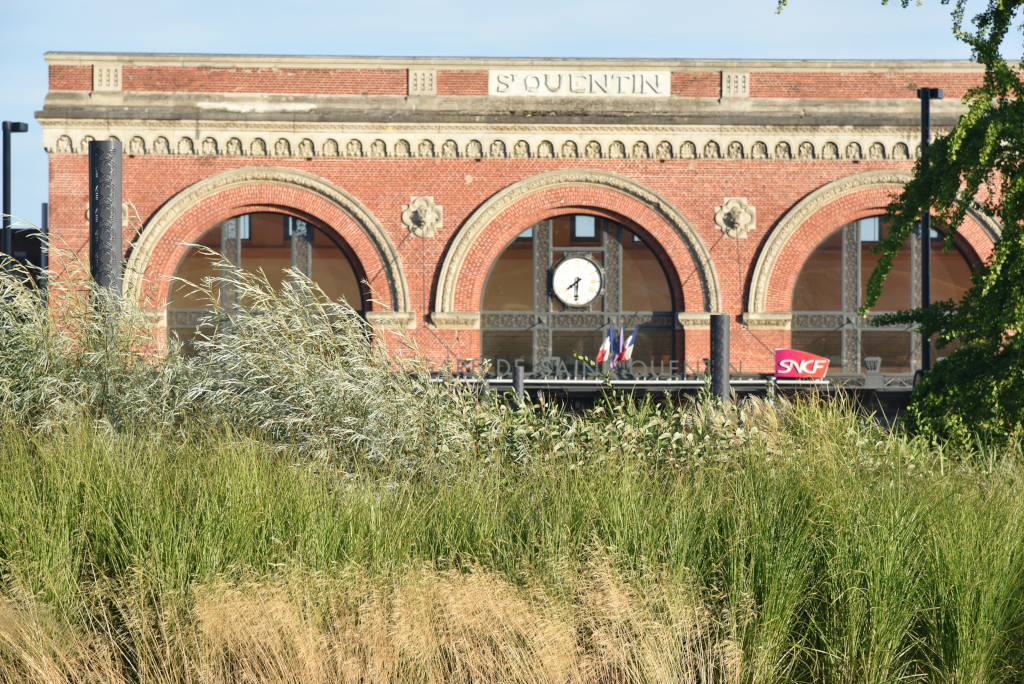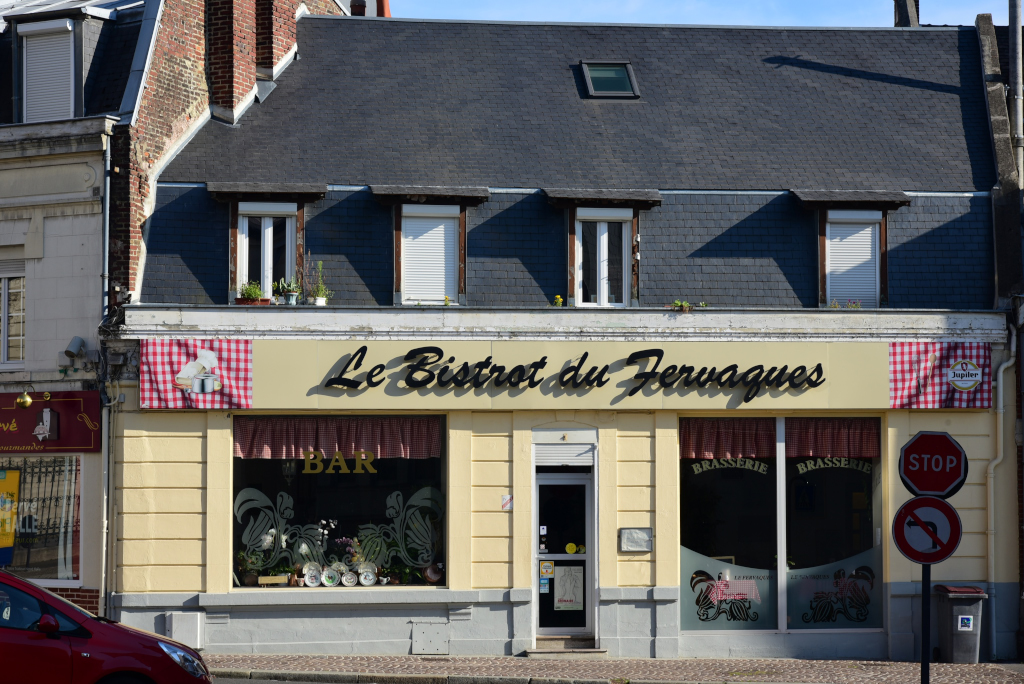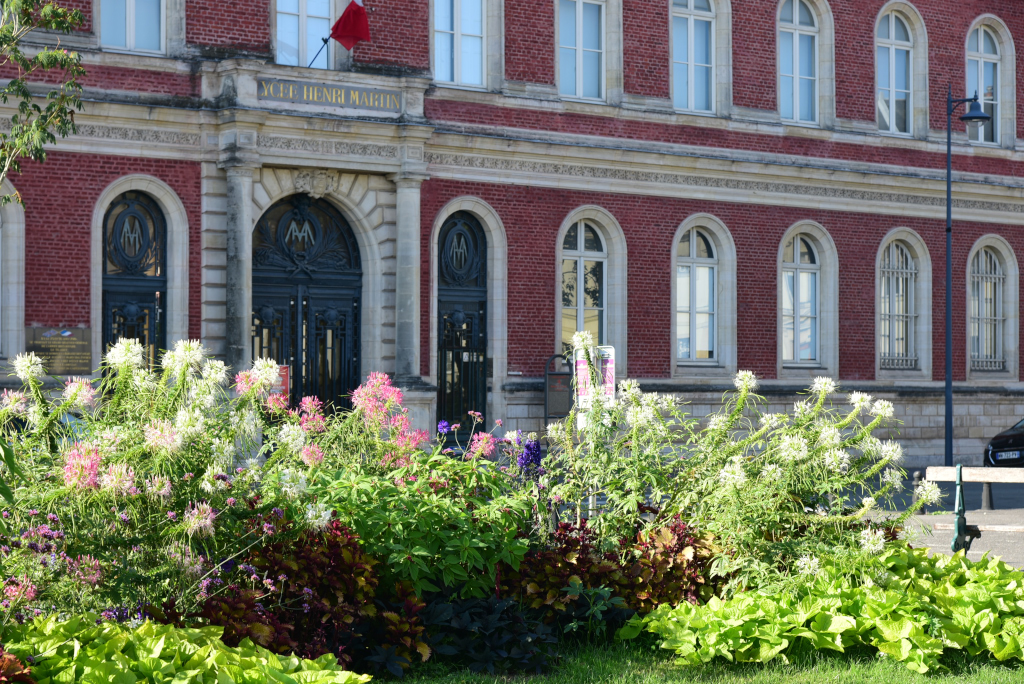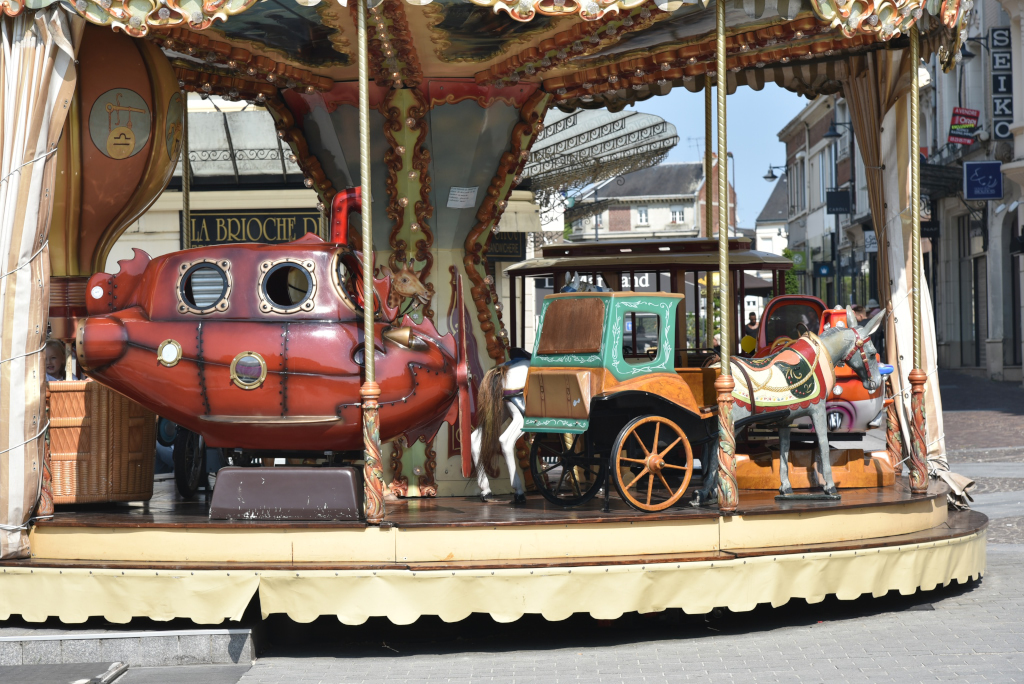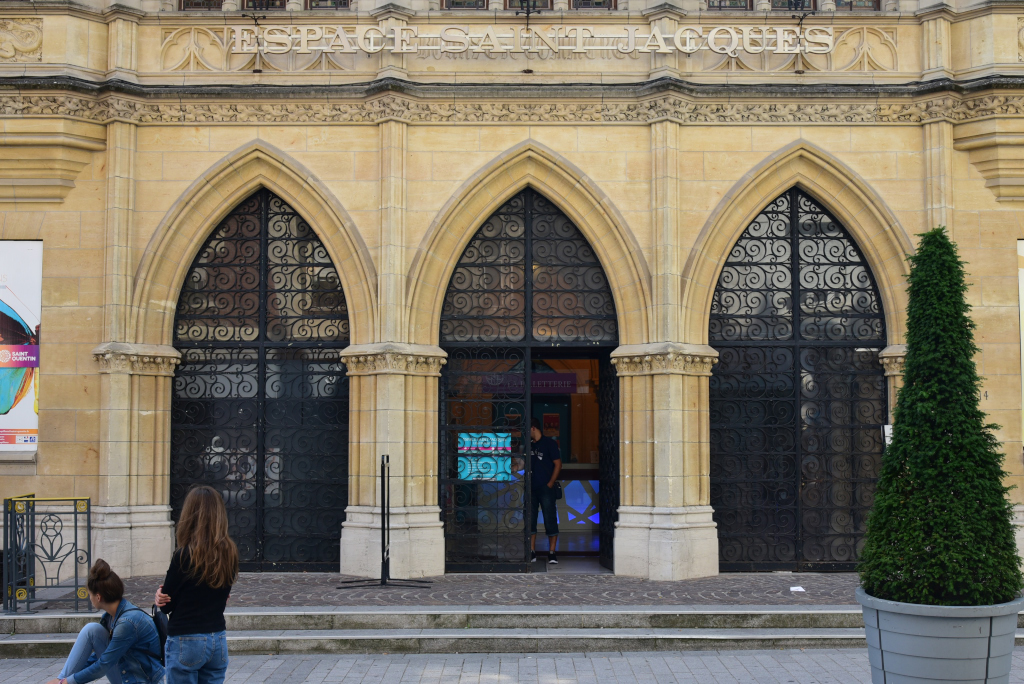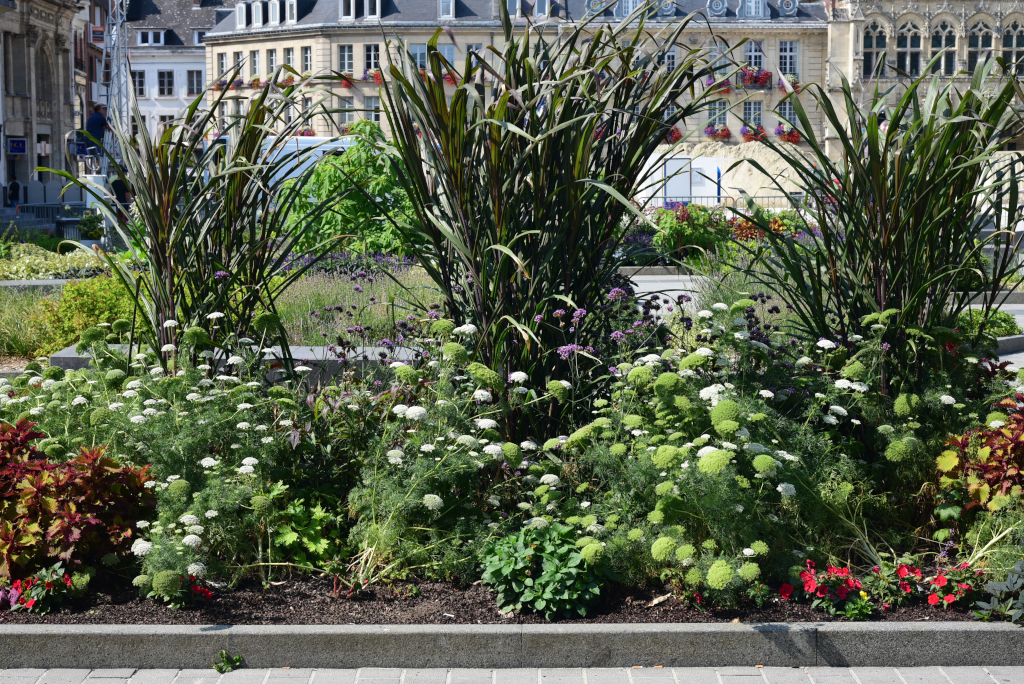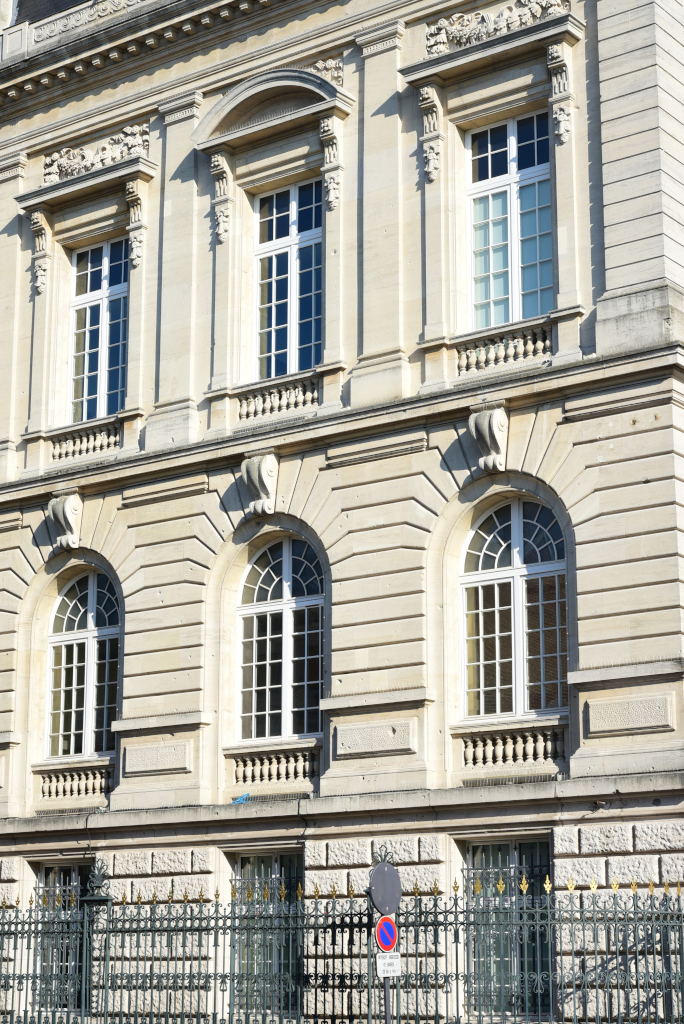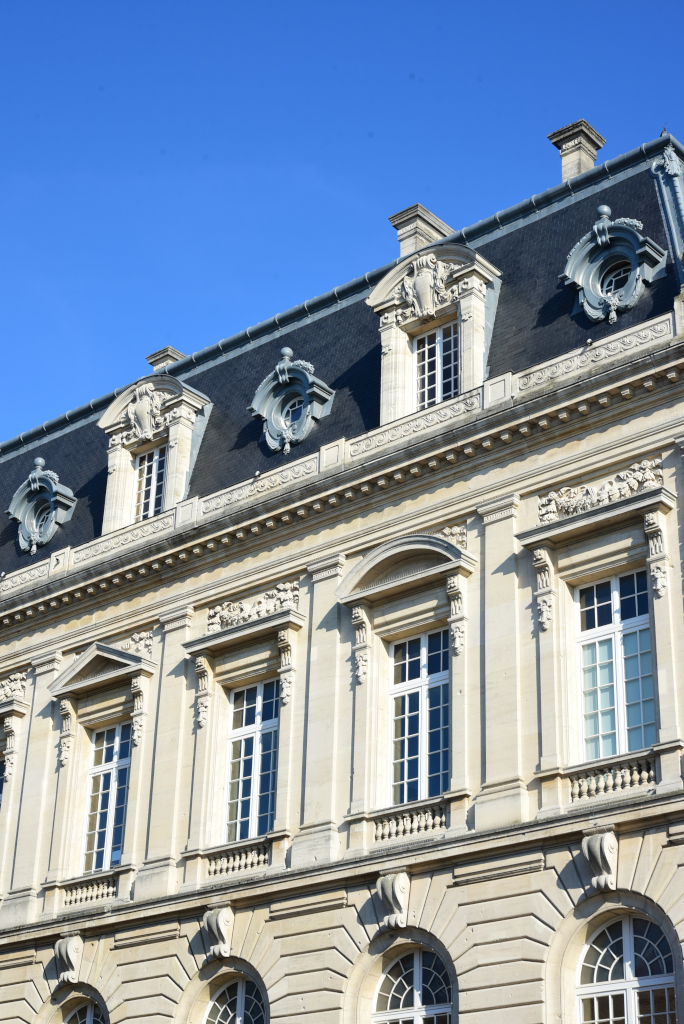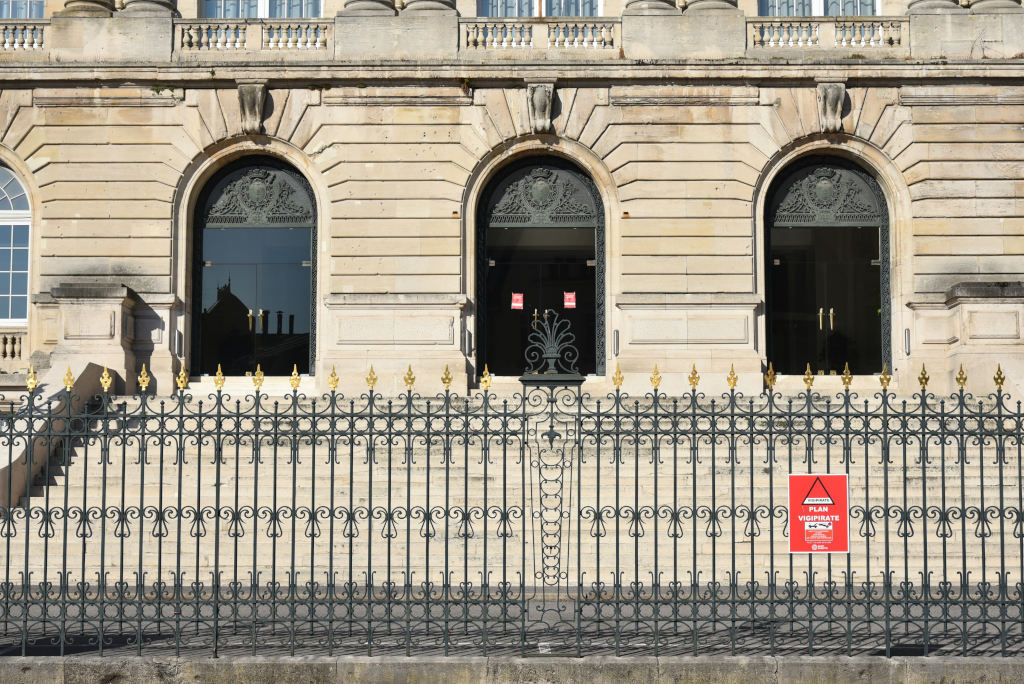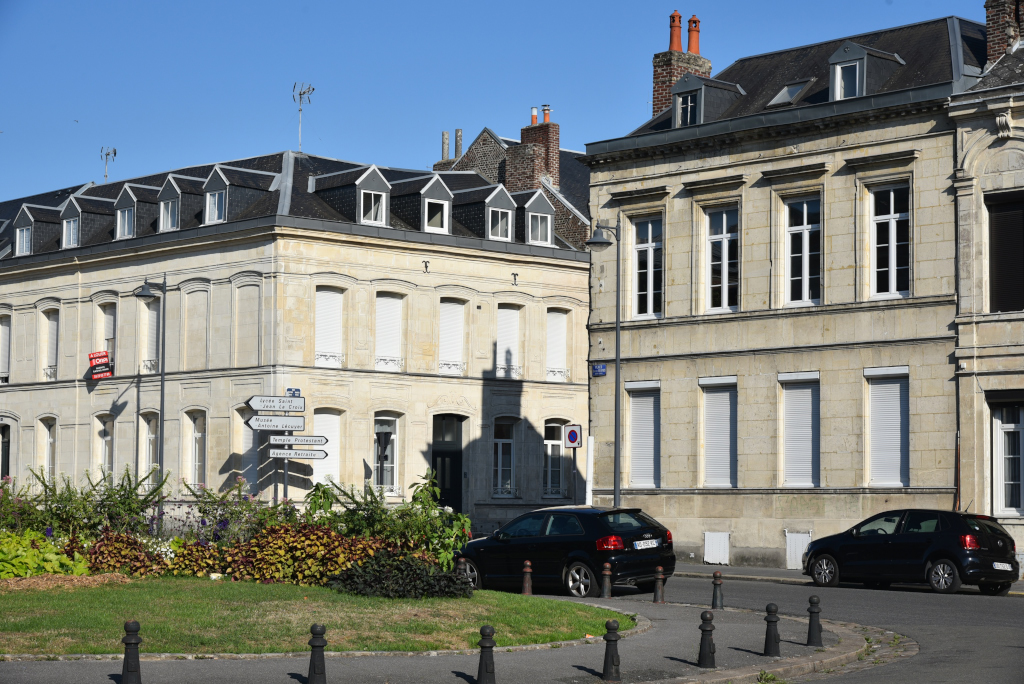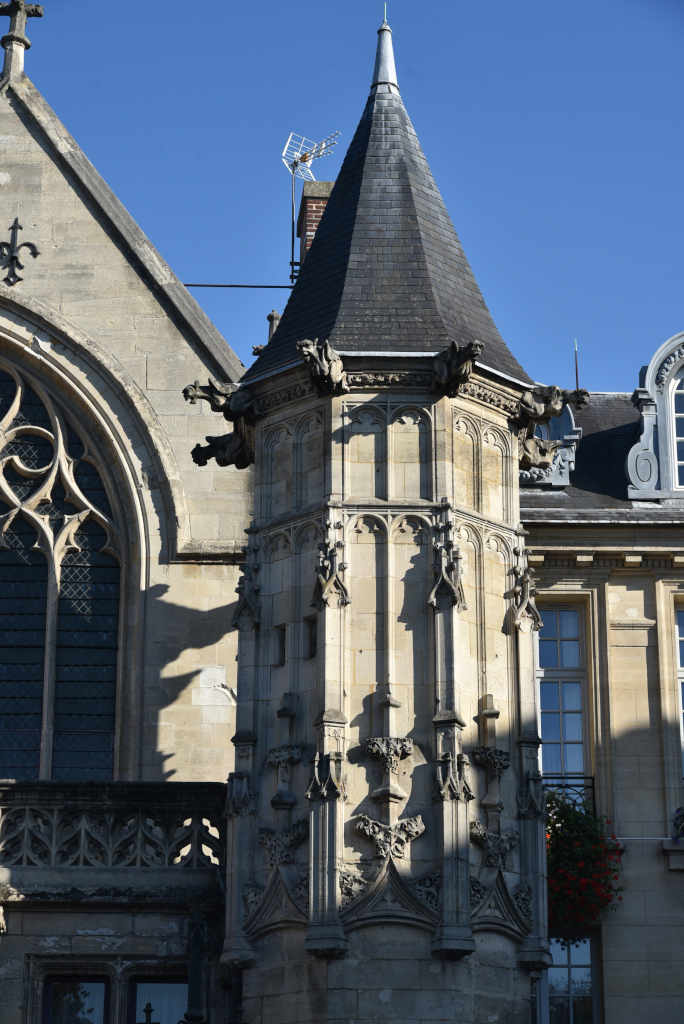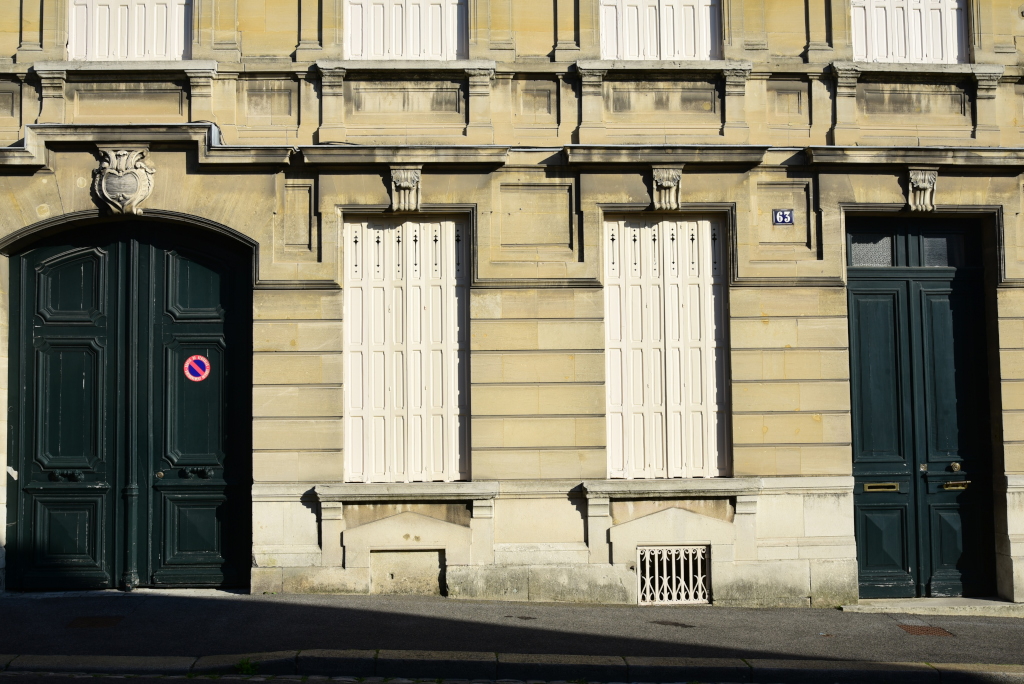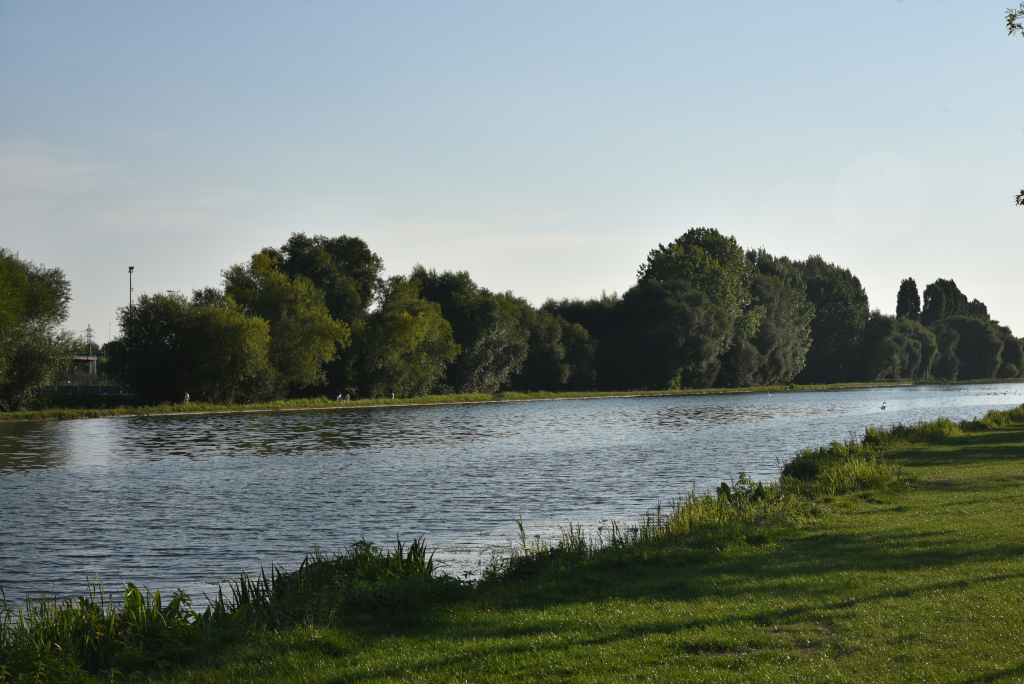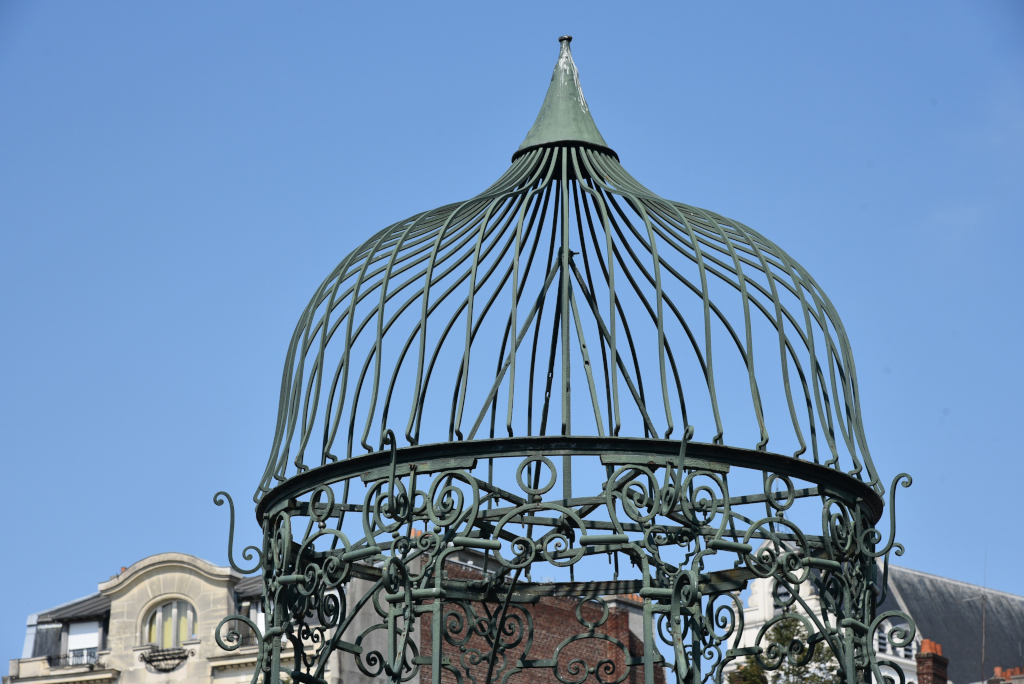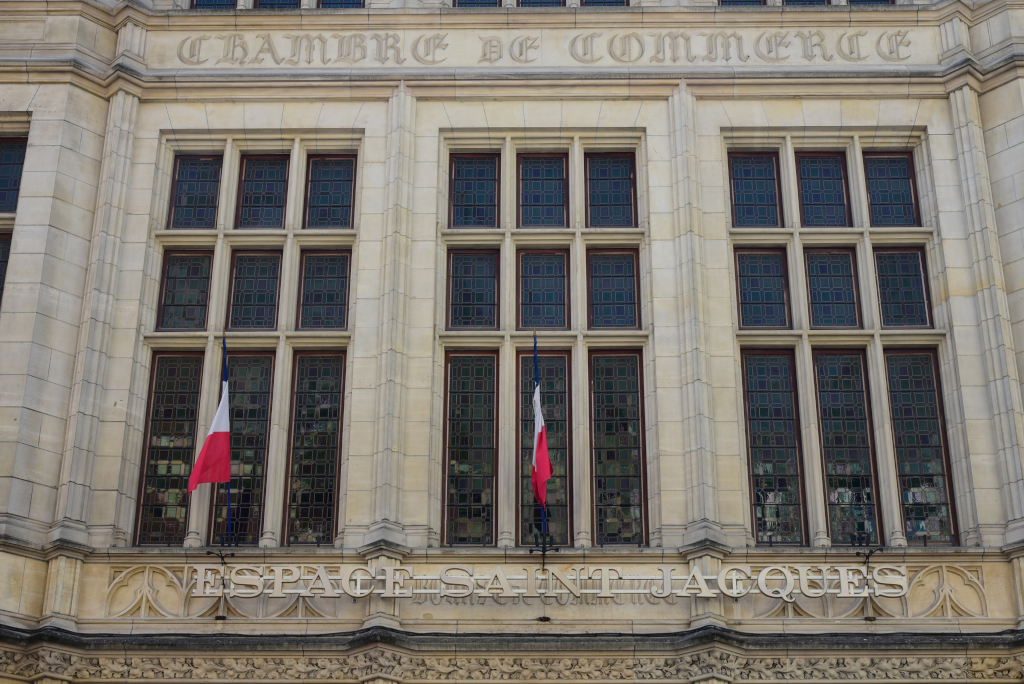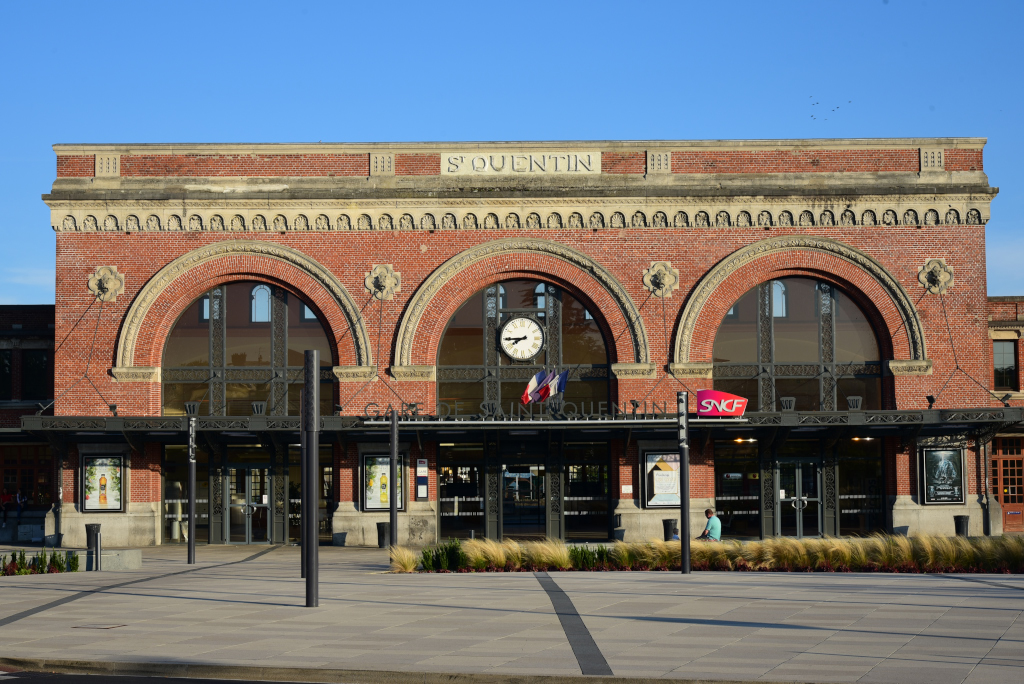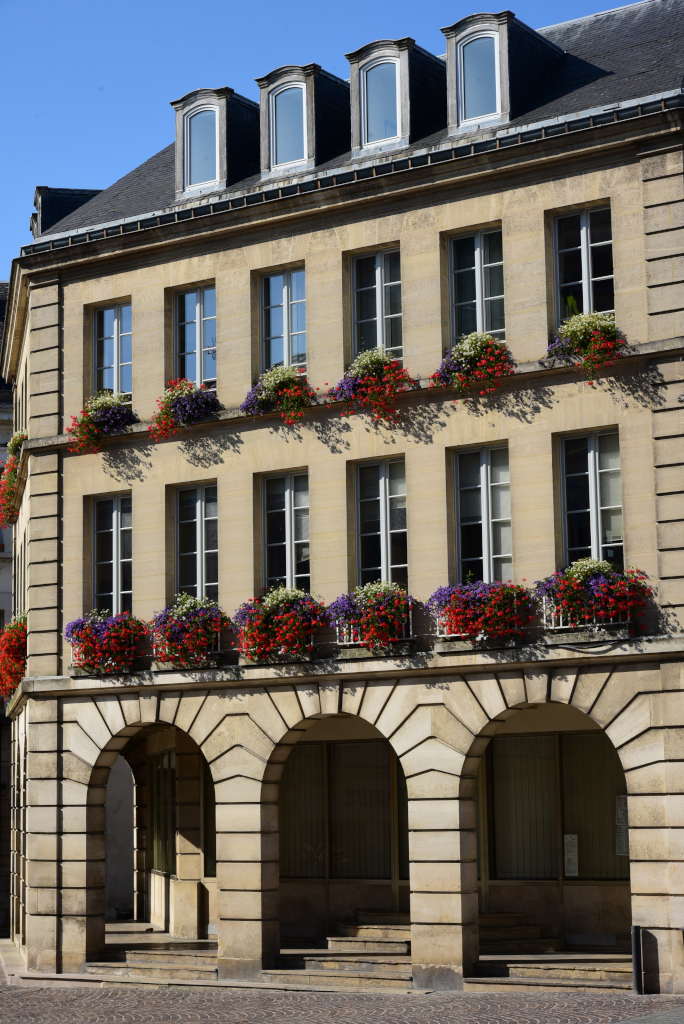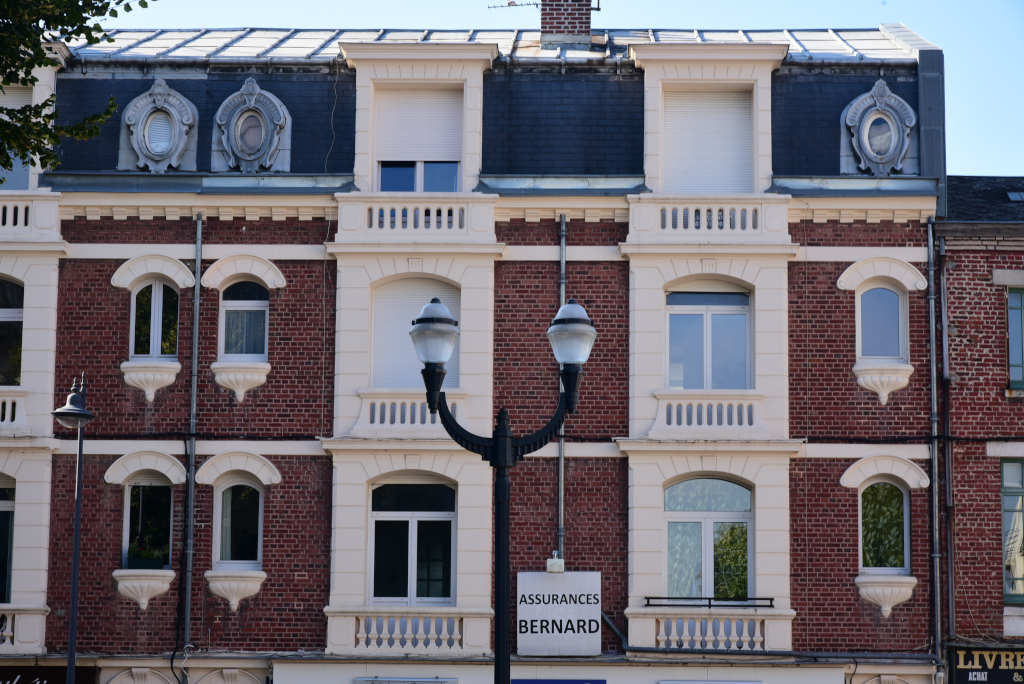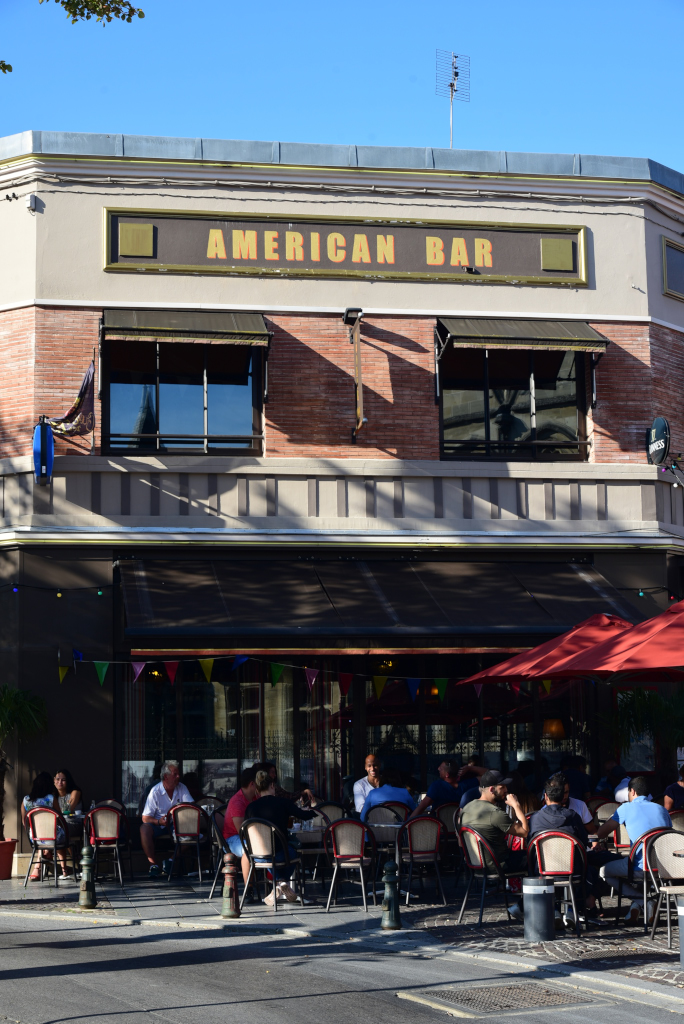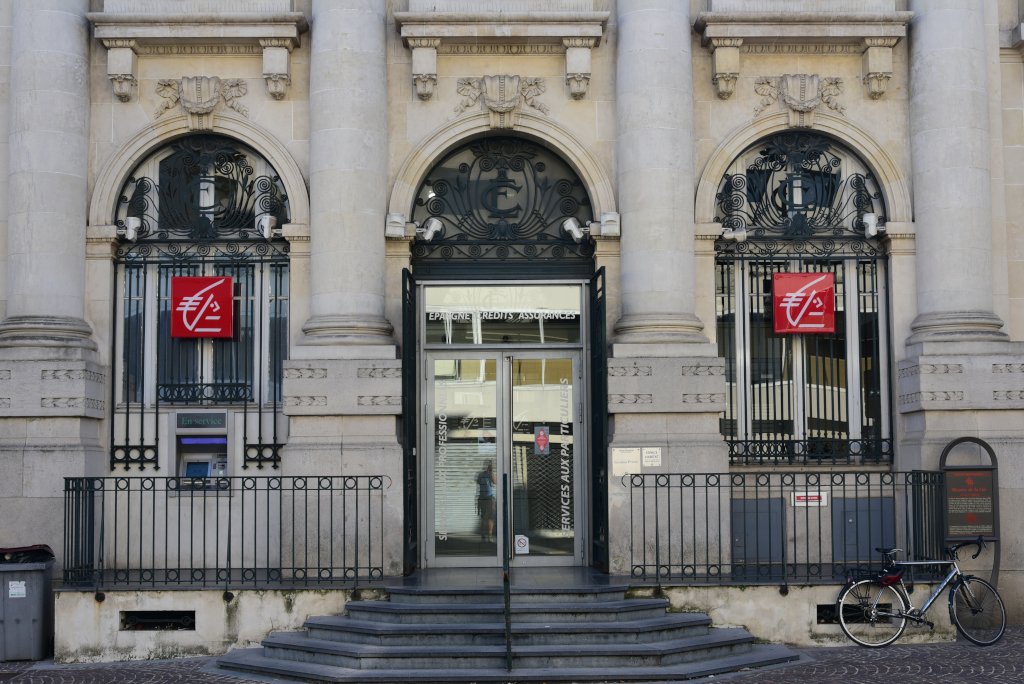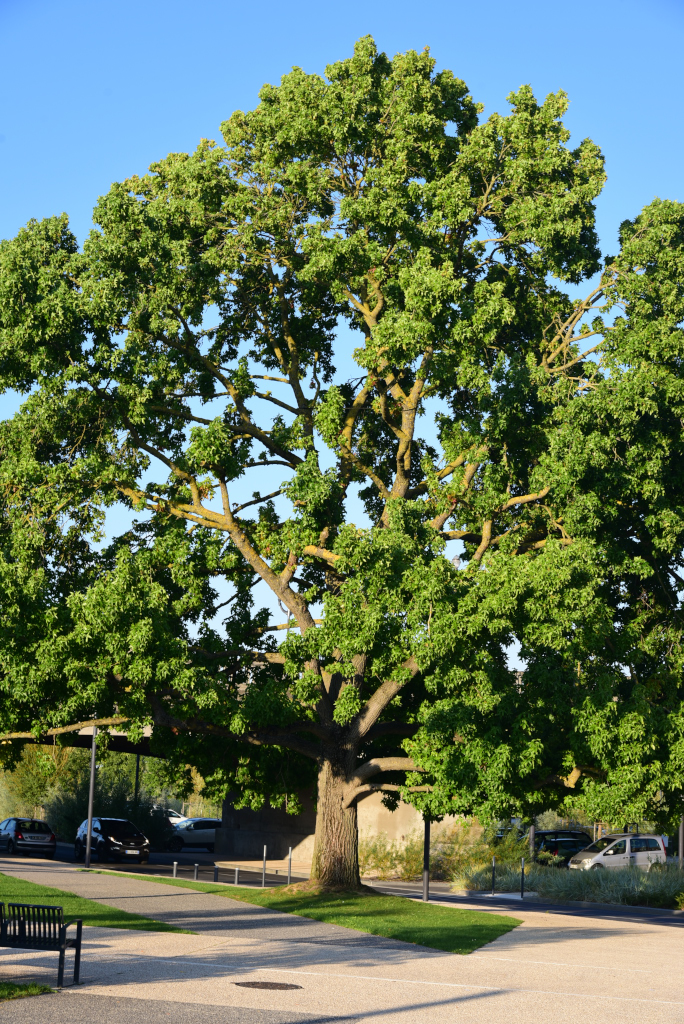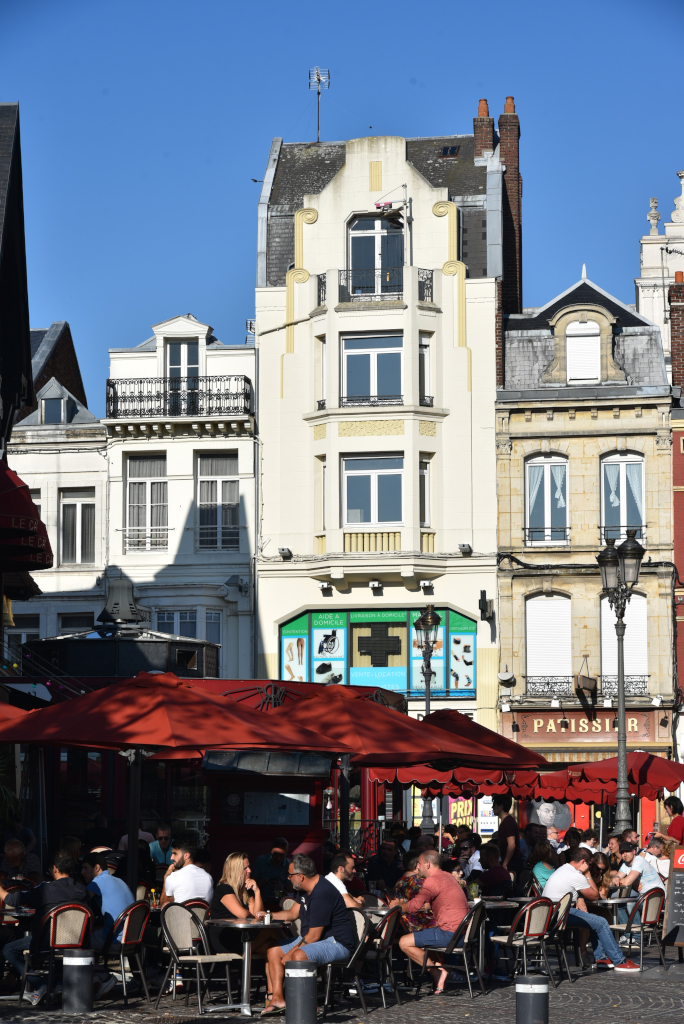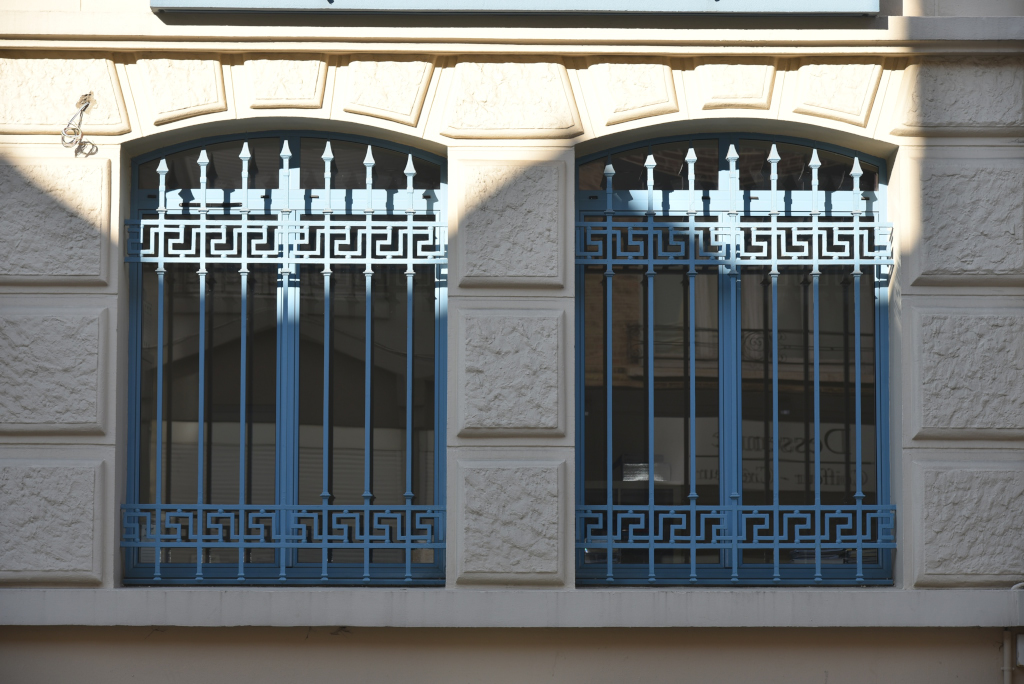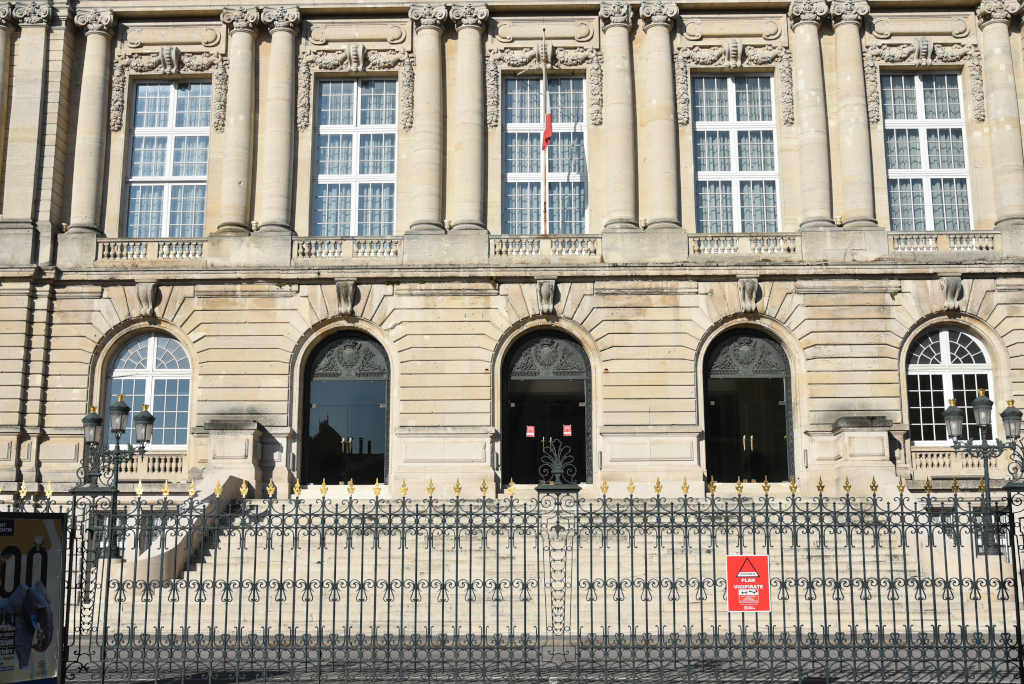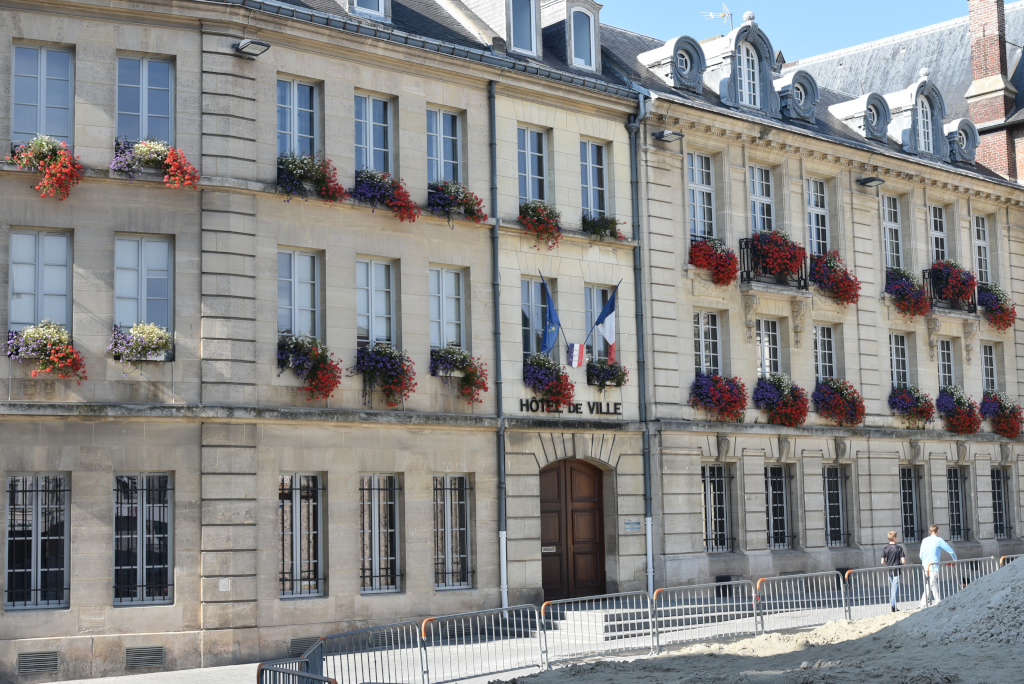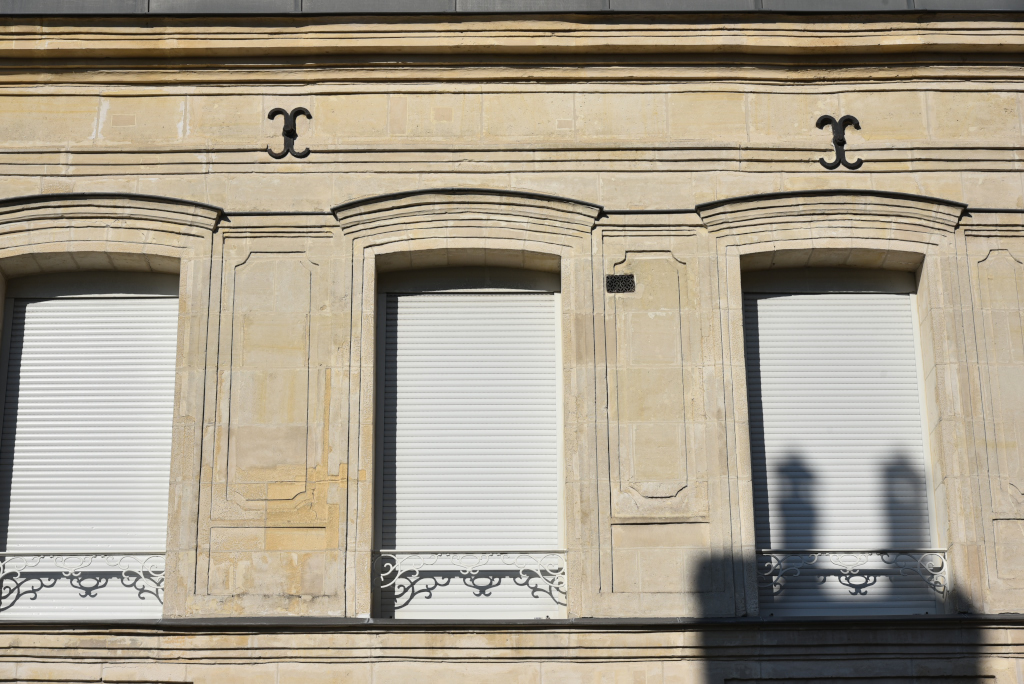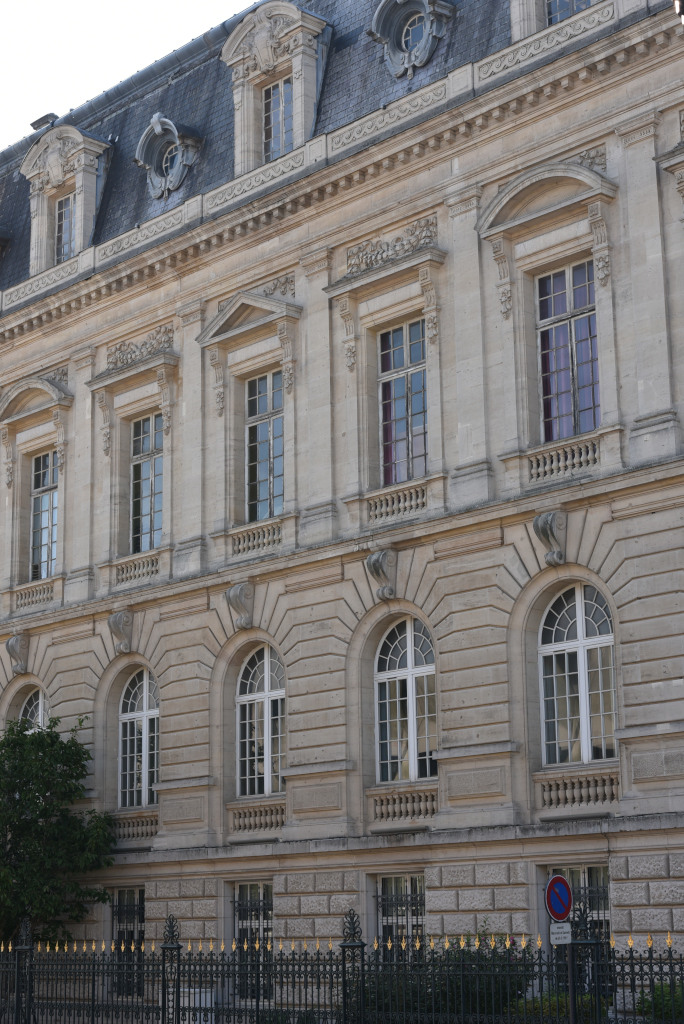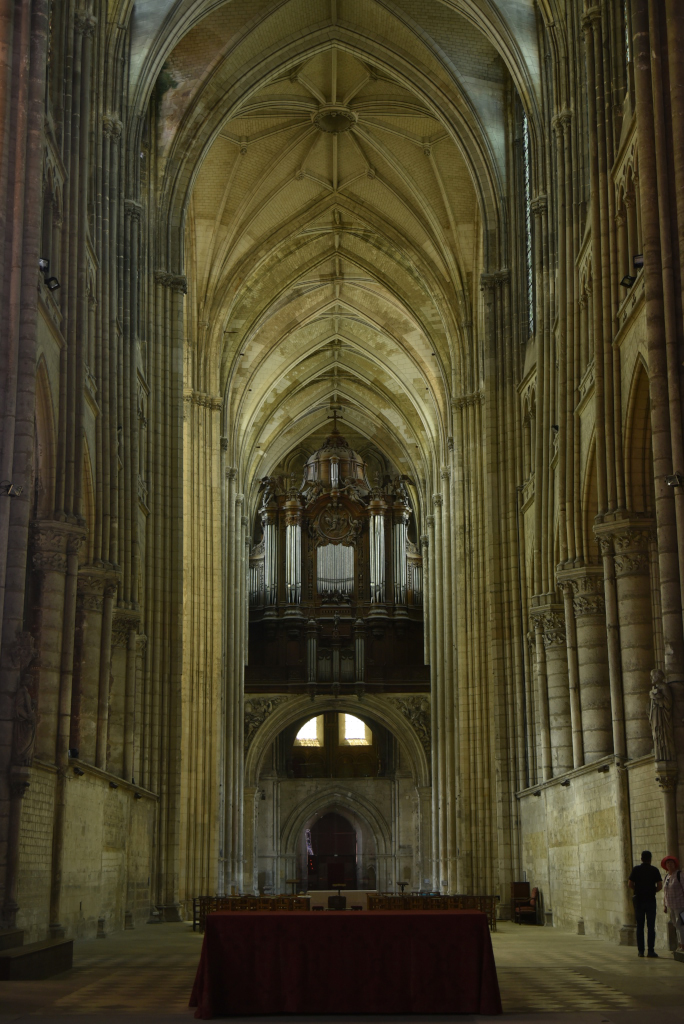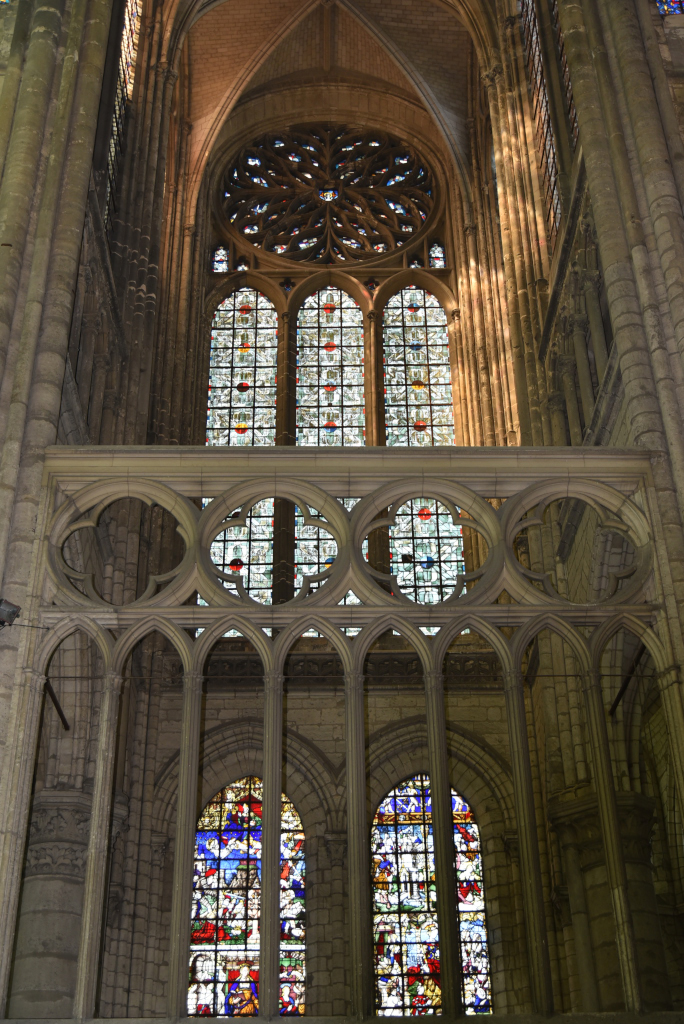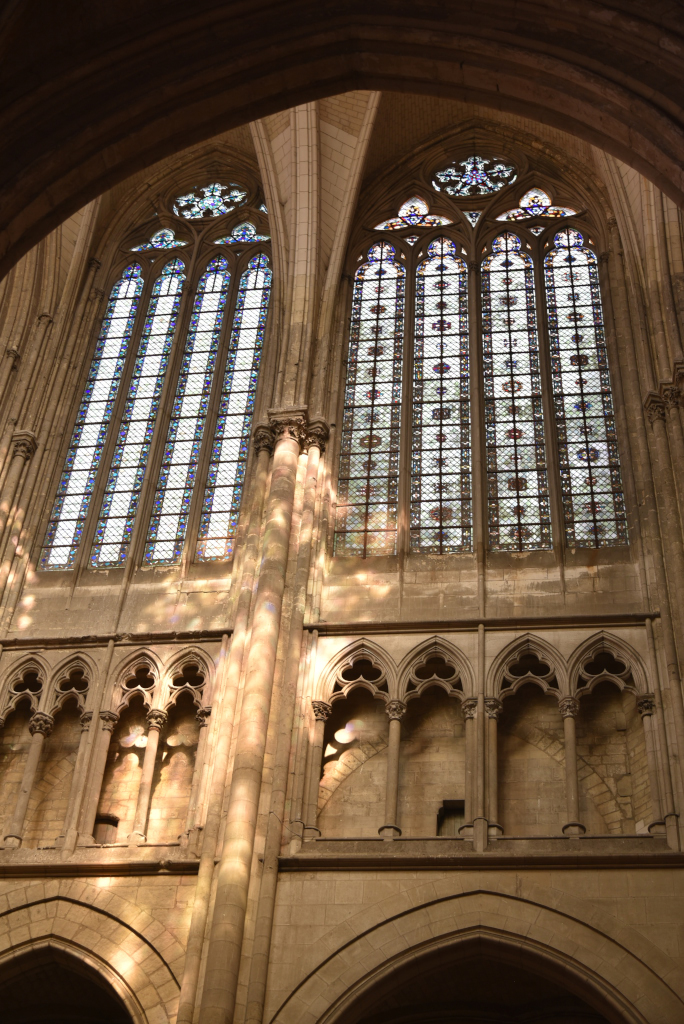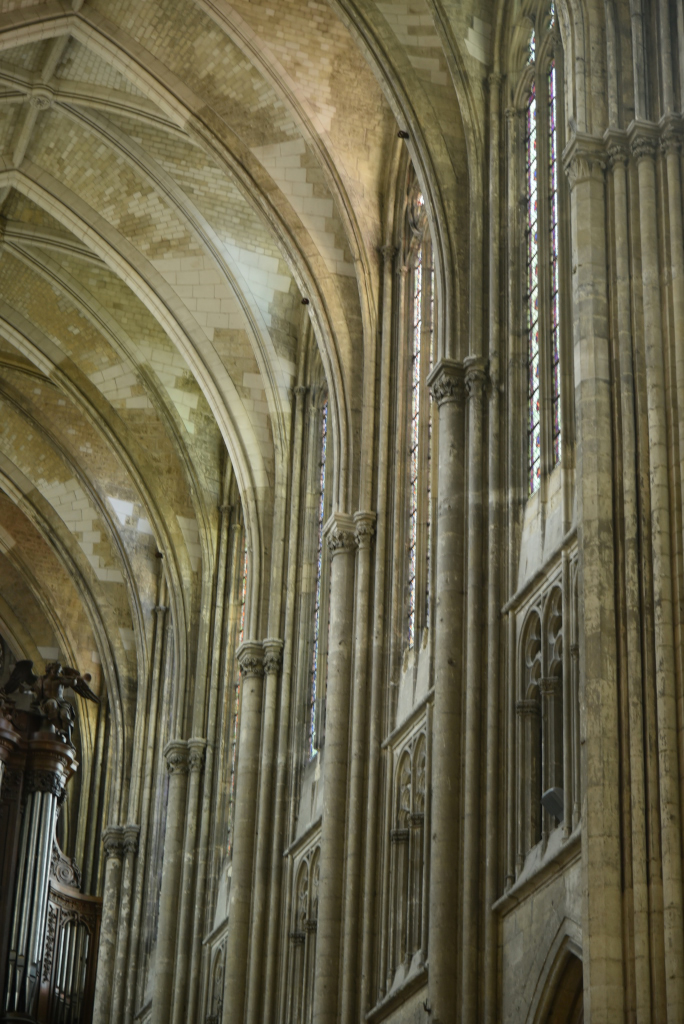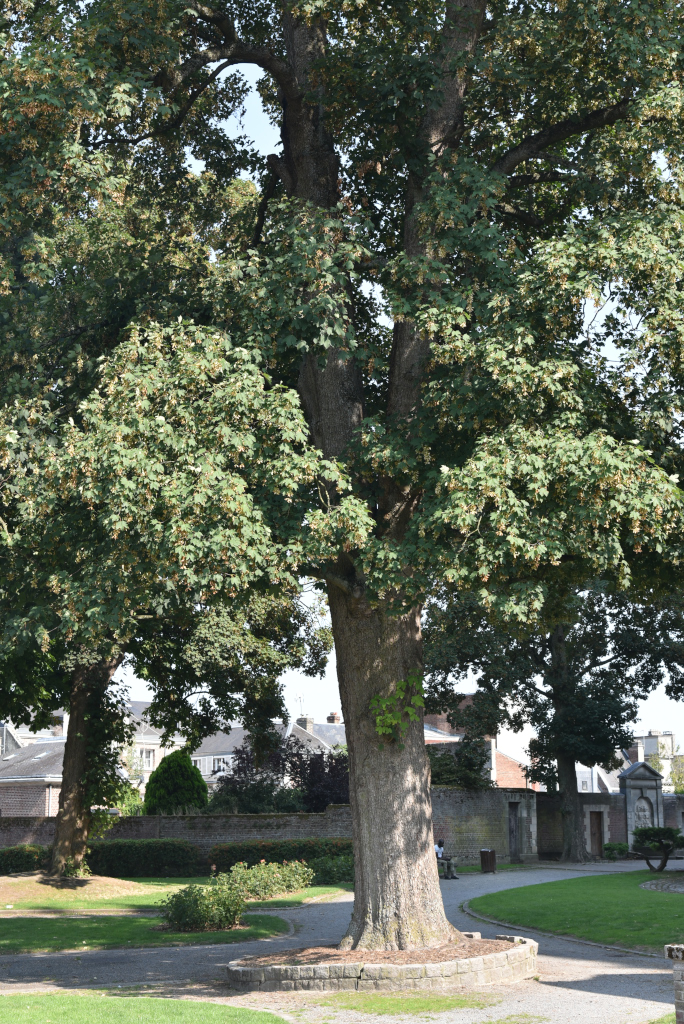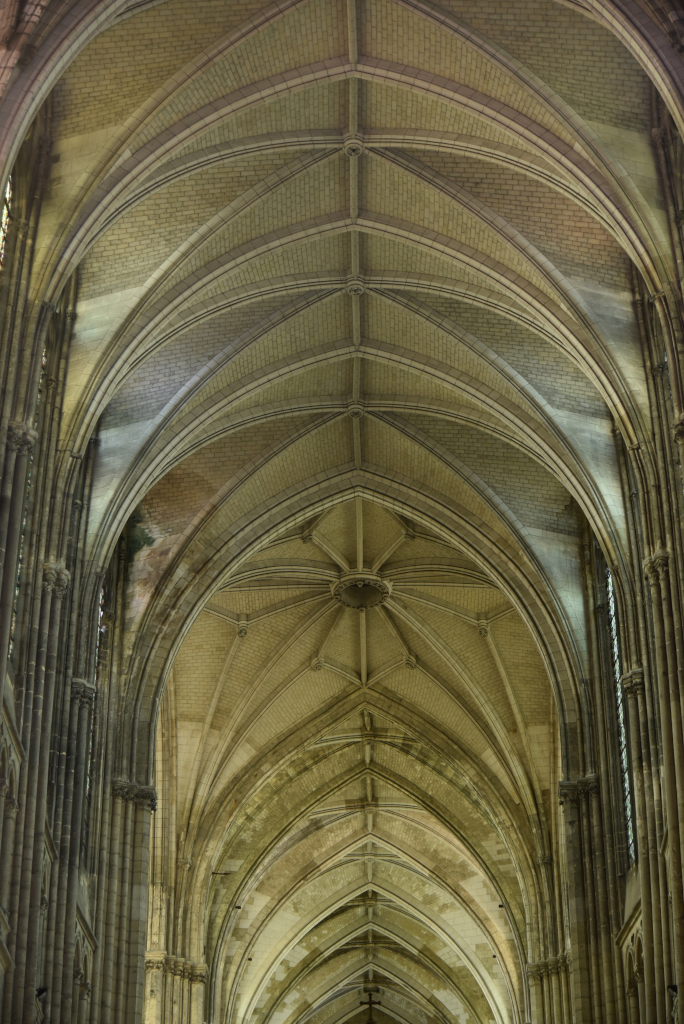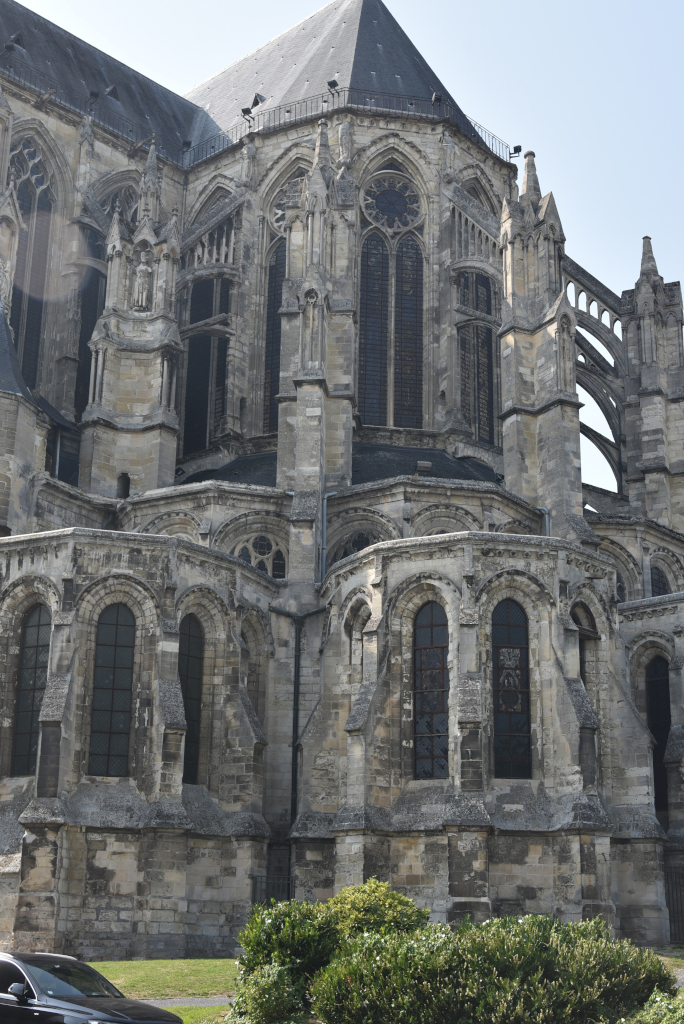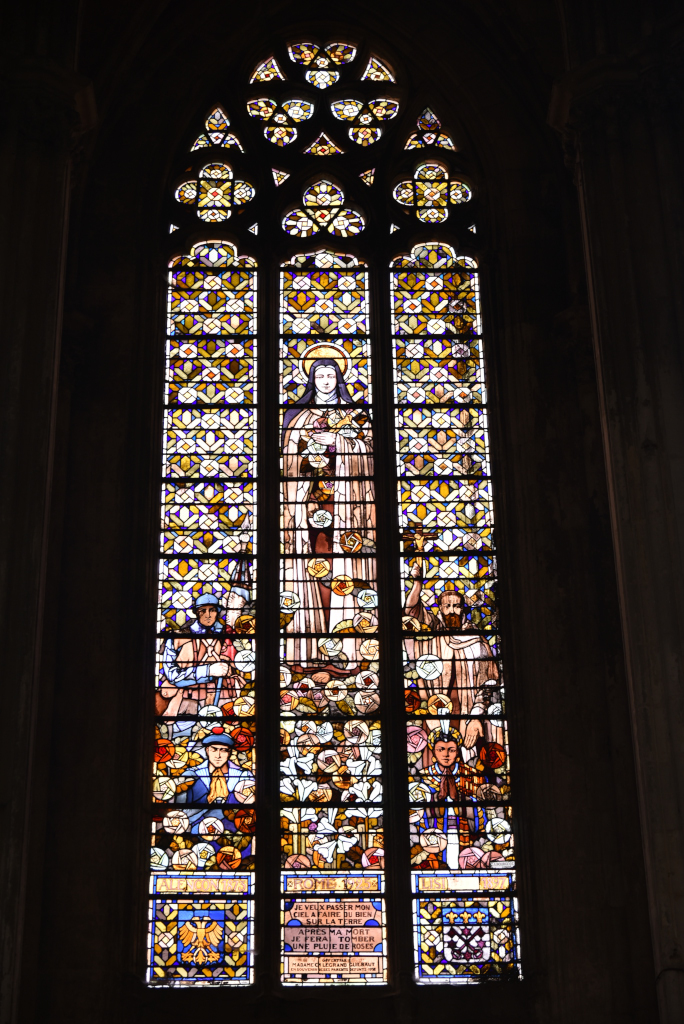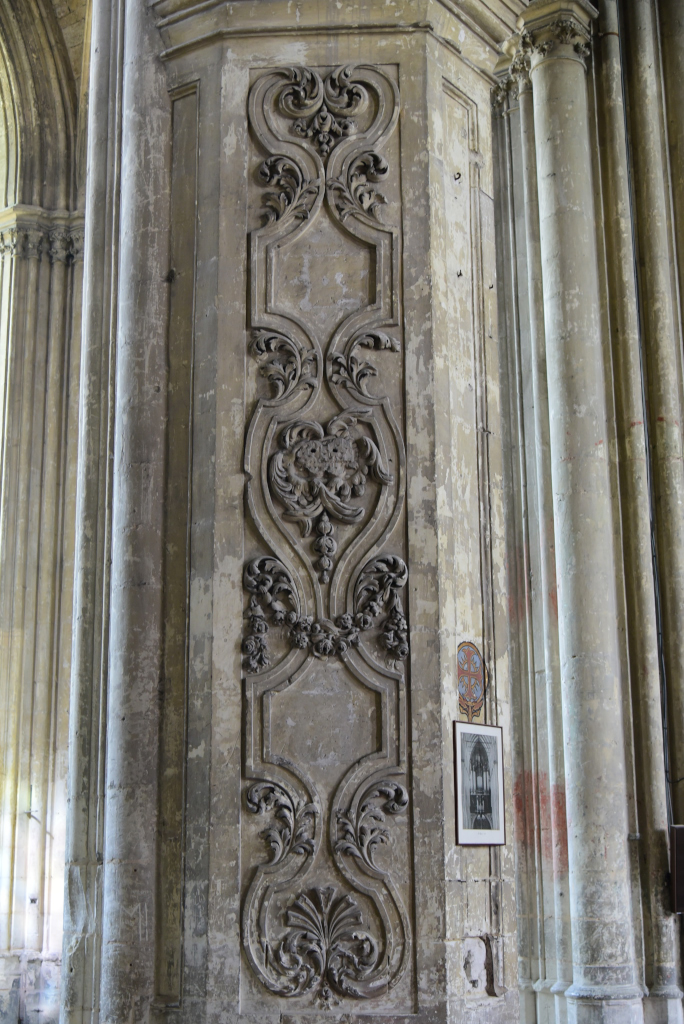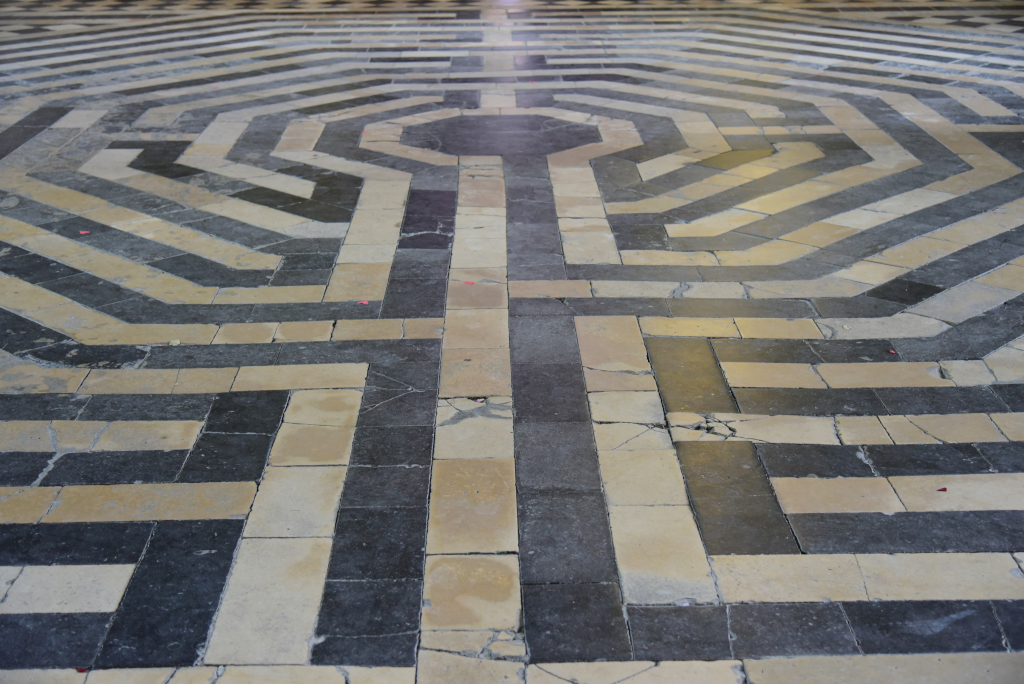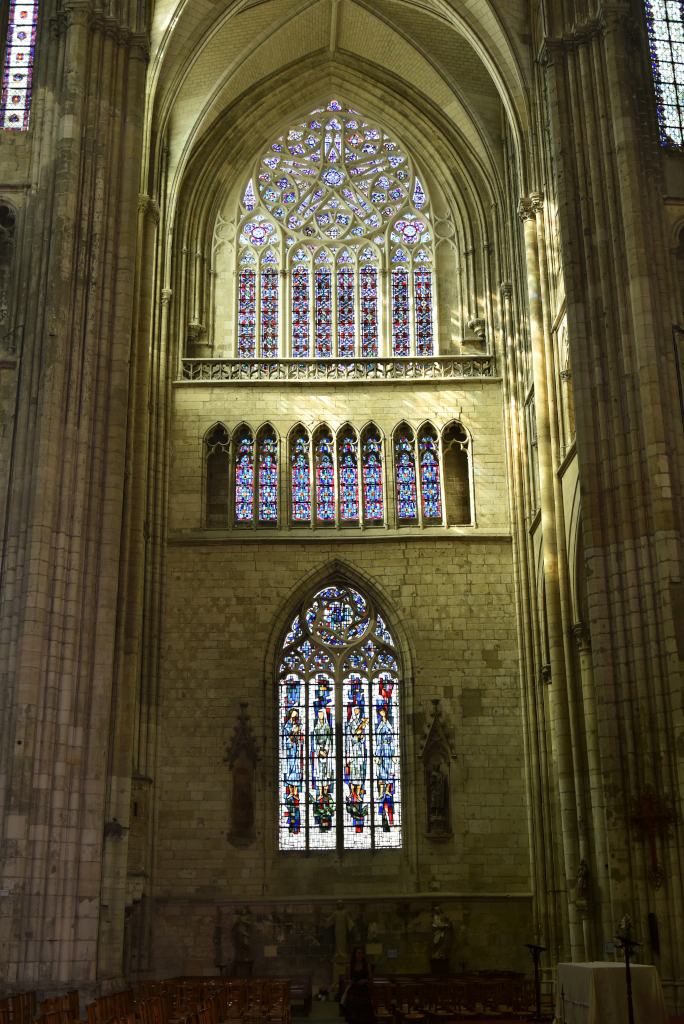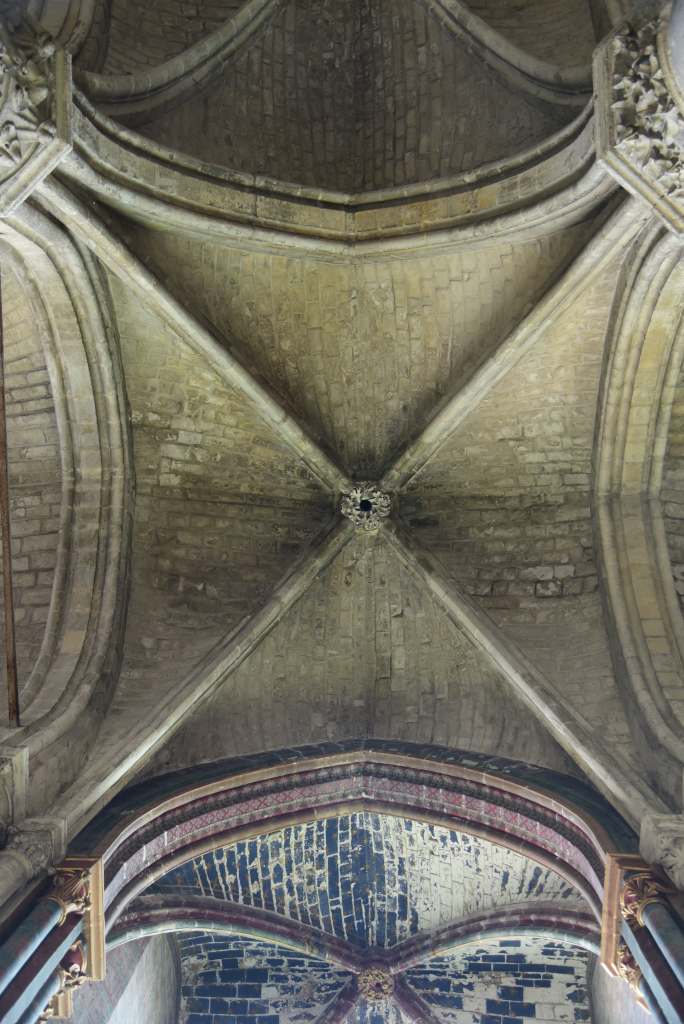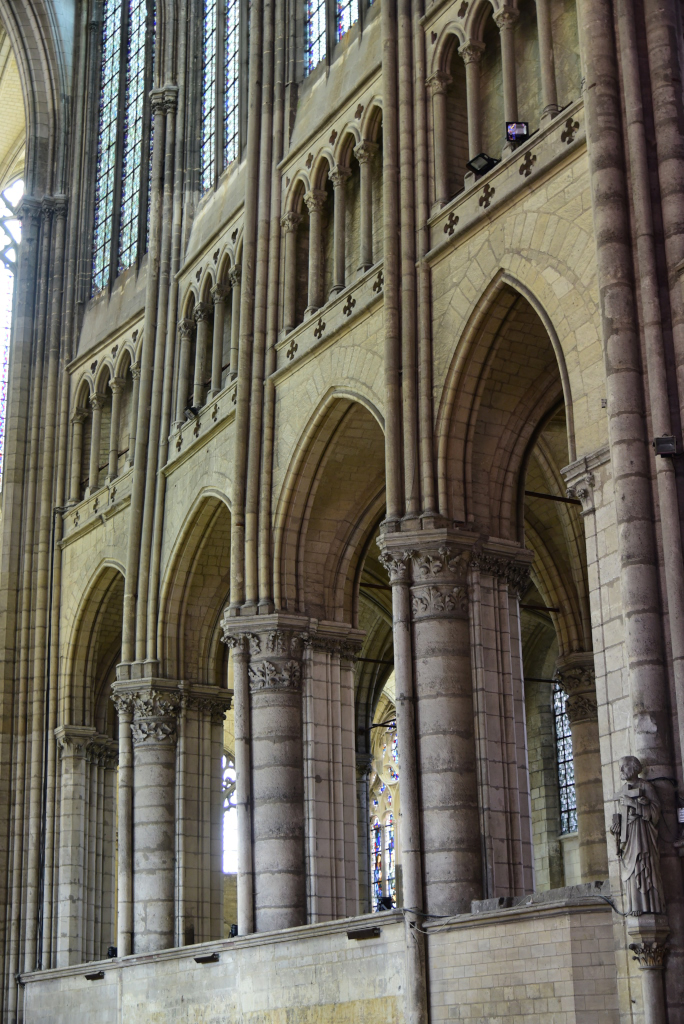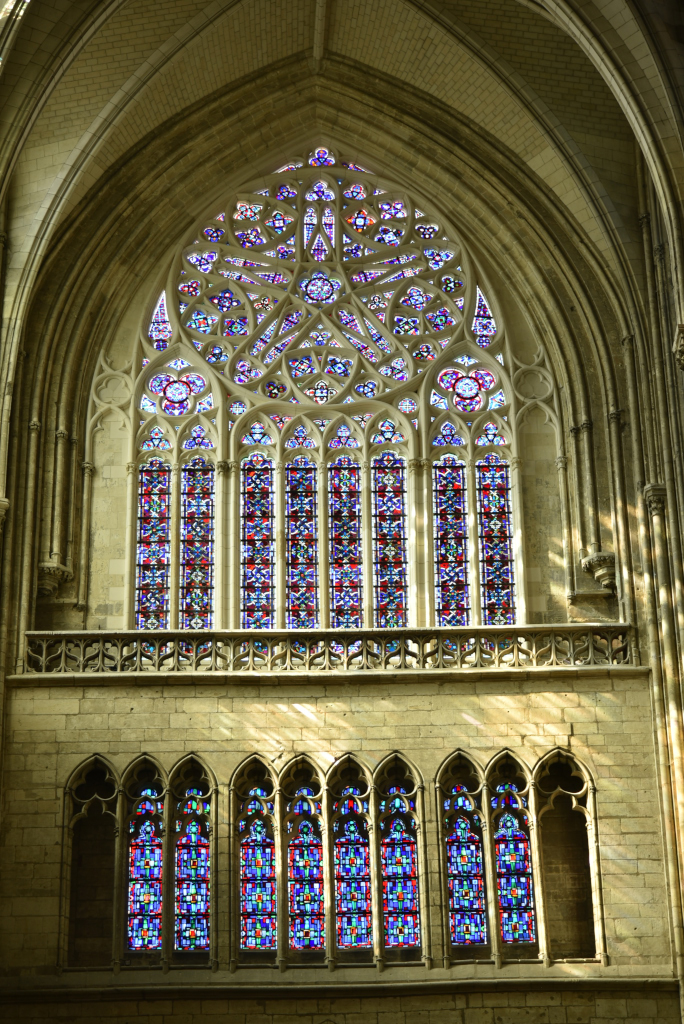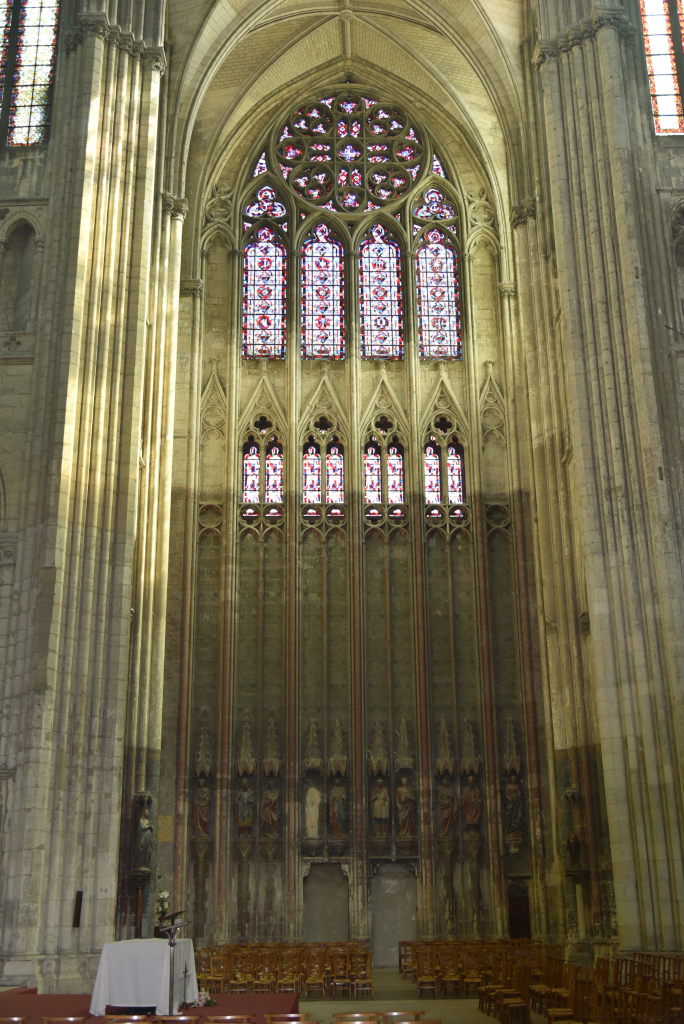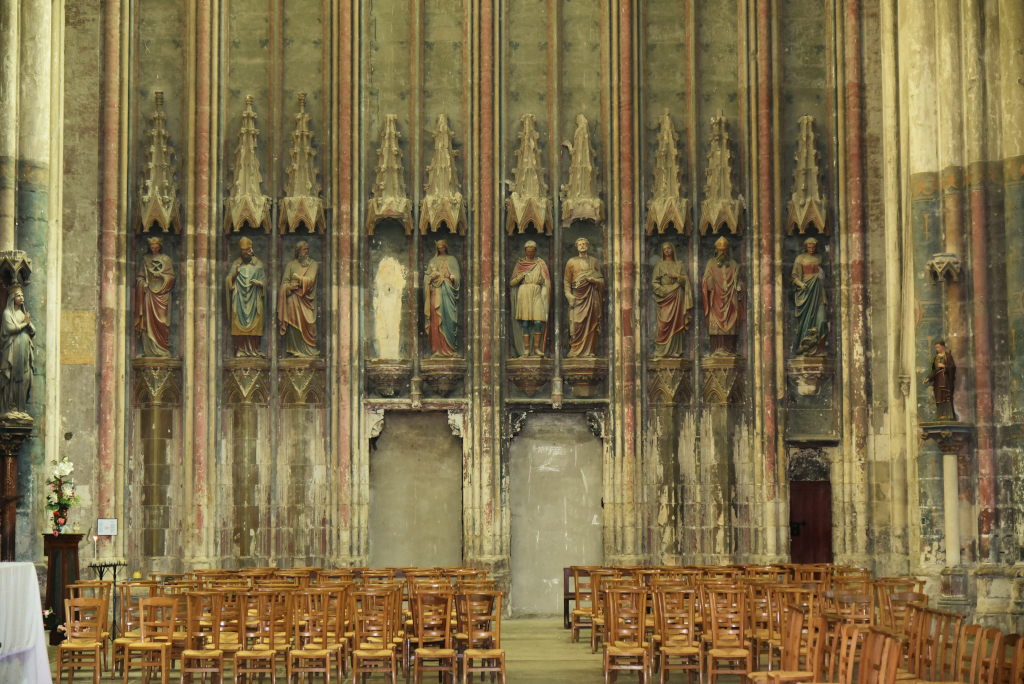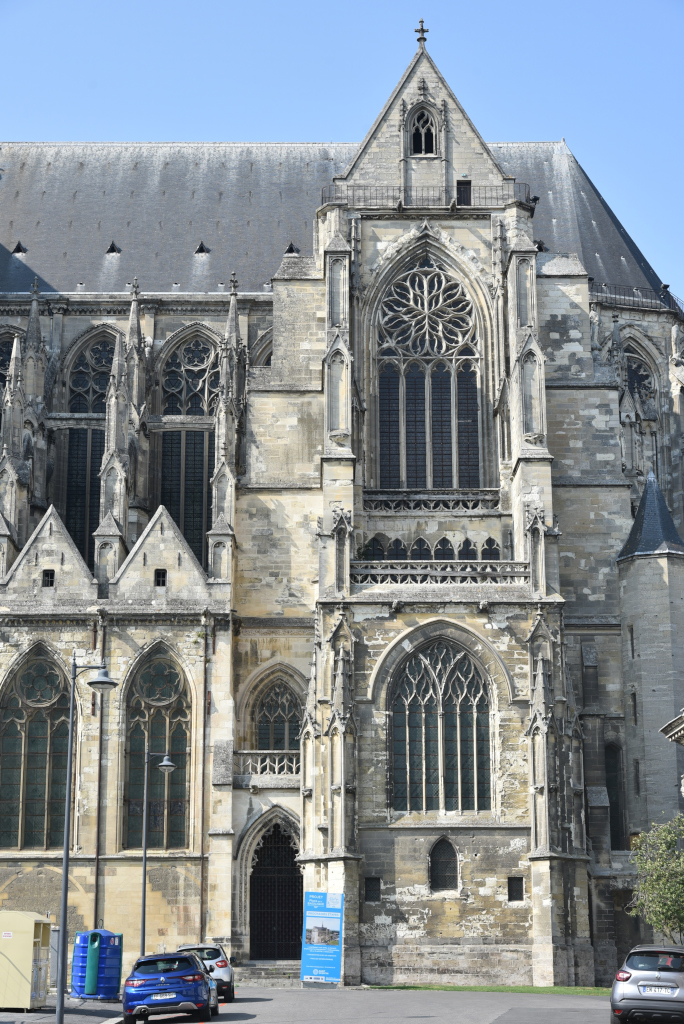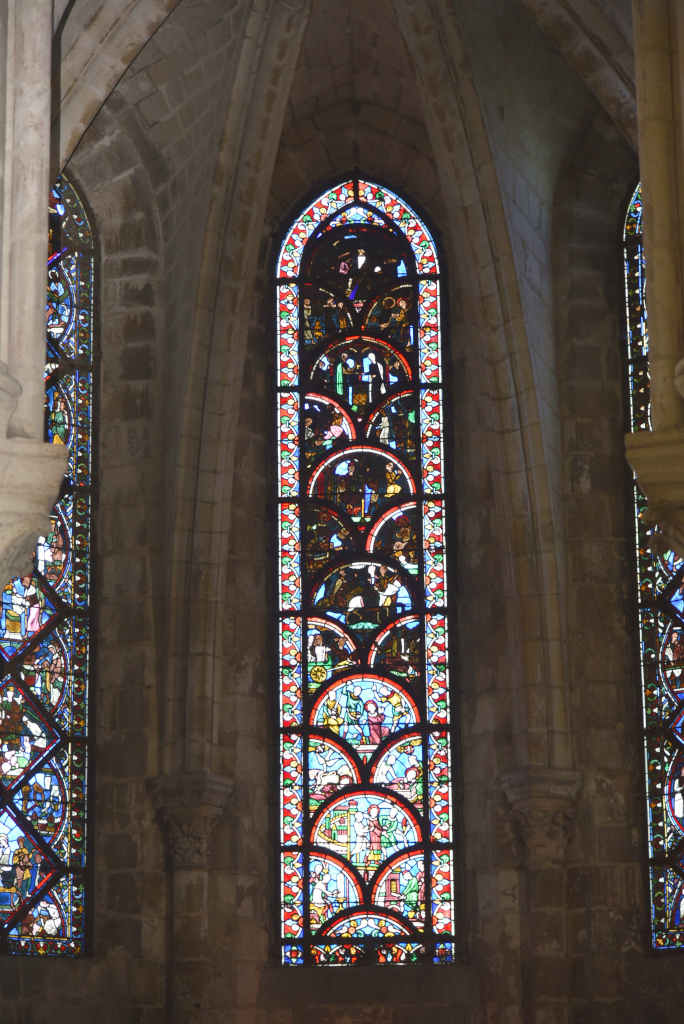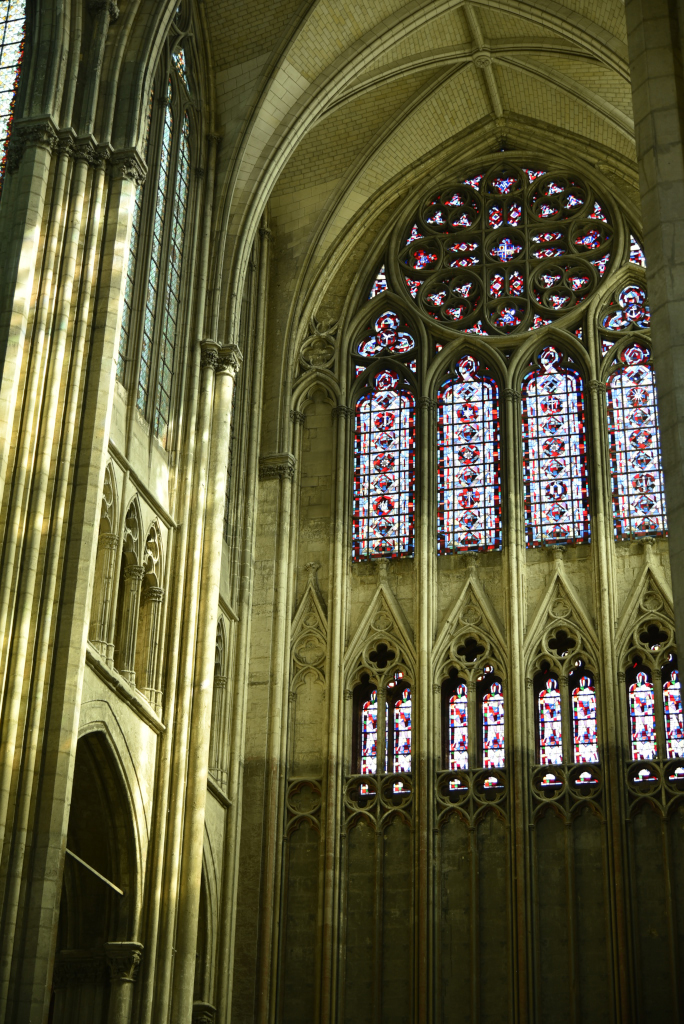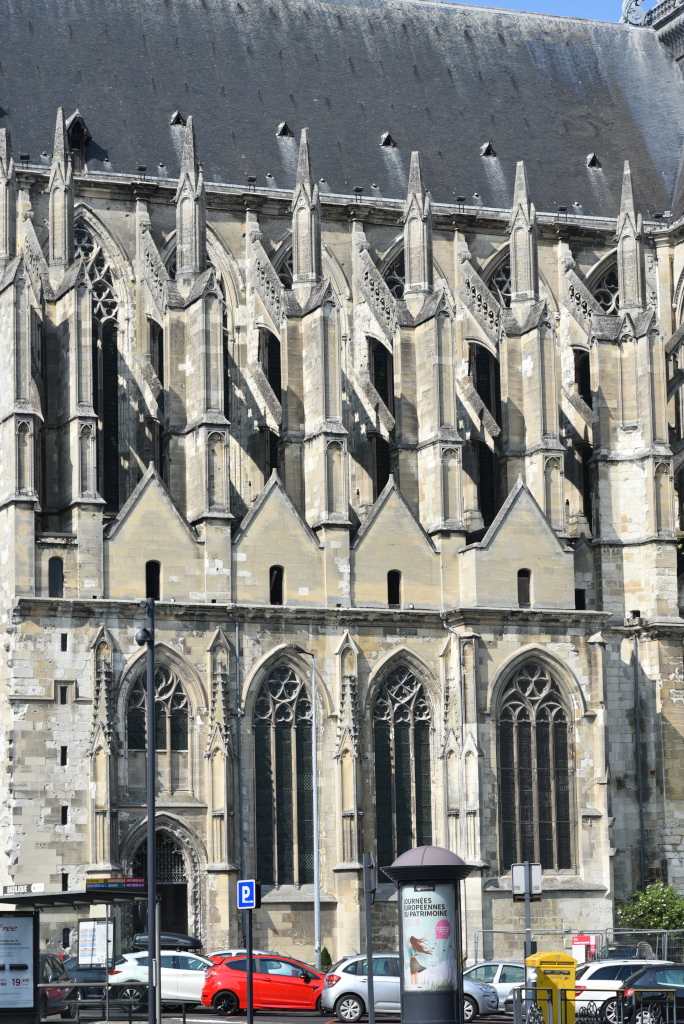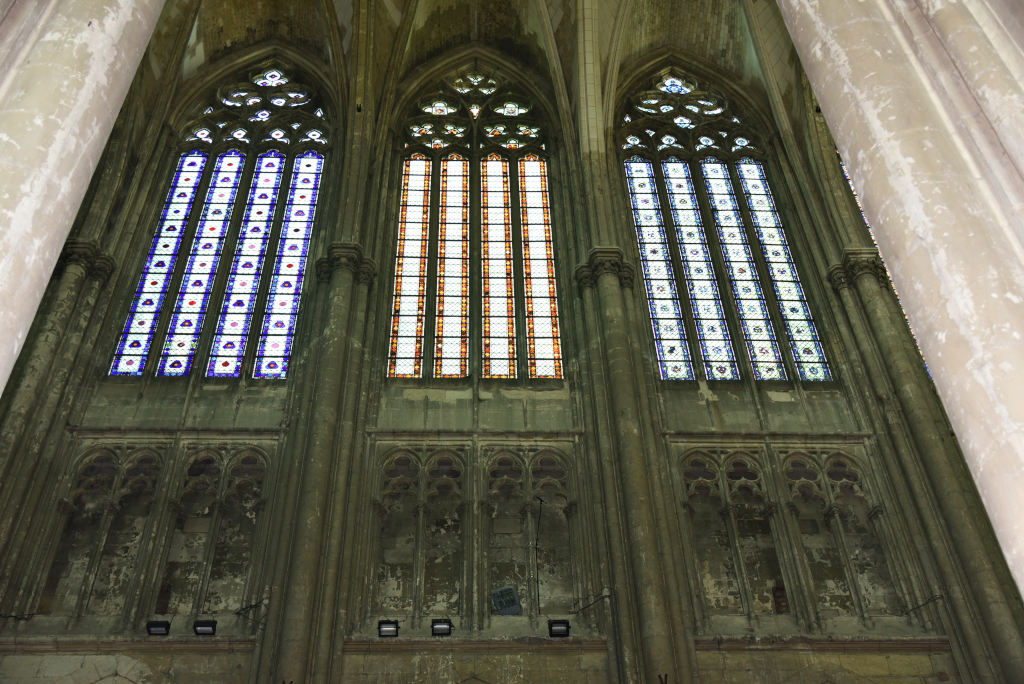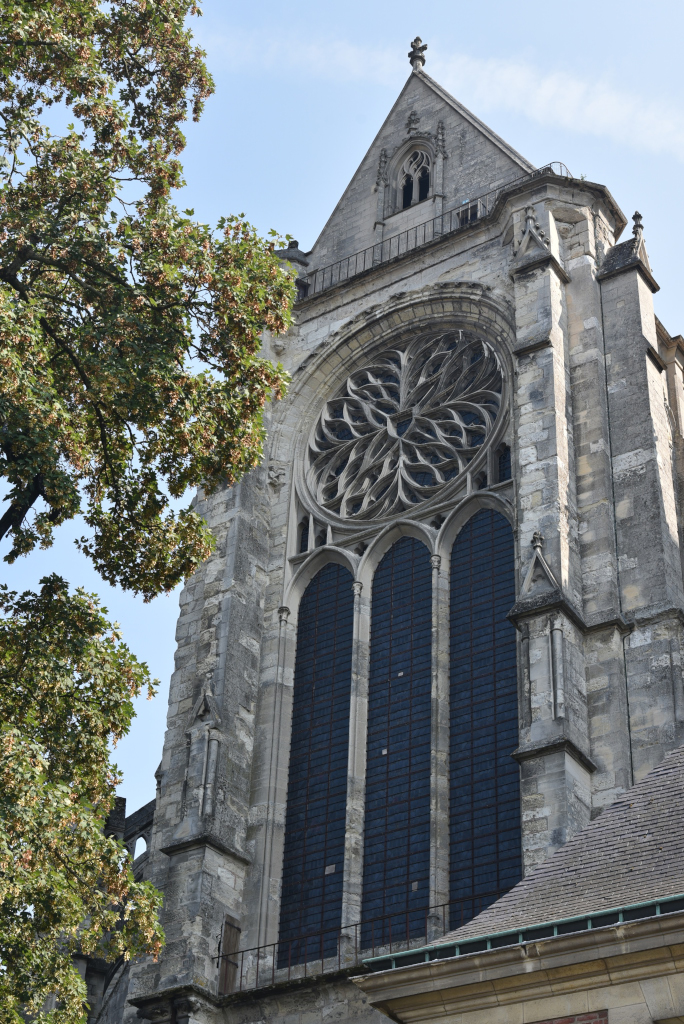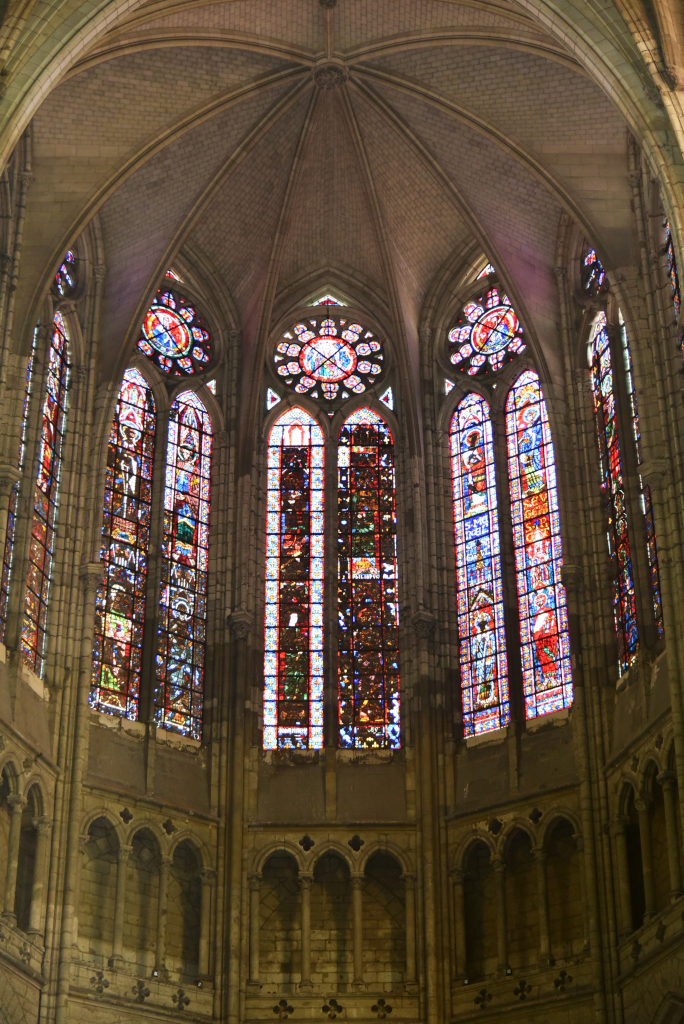August 19, 2018
Further to the south, Saint Quentin lies on a ford across the River Somme, along the historical border of Flanders and old France, the transition evident in the combination of red brick reflecting the culture to the north, and the grey stone of the Gallic architecture to the south. Rich in its architectural conceits, the city is another gem in the north of France typically overlooked by tourists.
Saint Quentin was founded by the Romans and received the name of Augusta Viromanduorum in honor of Emperor Augustus. During the early Middle Ages, a major monastery (now the the Basilica of Saint-Quentin) developed based on pilgrimage to the tomb of Quentin, a Roman Christian who came to evangelize the region and was martyred in Augusta, giving rise to a new town which was named after him.
From the 9th century, Saint-Quentin was the capital of Vermandois County. From the 10th century, the counts of Vermandois (descendants of the Carolingian, then Capetian families) were very powerful. The city grew rapidly and in the second half of the 12th century obtained a municipal charter which guaranteed their commune a large degree of autonomy.
At the beginning of the 13th century, Saint-Quentin was a thriving city, based on its wool textile industry, its importance amplified by its position on the border of the kingdom of France, between the Champagne fairs and the cities of Flanders. It also benefited from its location in the heart of a rich agricultural region.
From the 14th century onward, the city endured the Hundred Years’ War, then in the 15th century, the city was disputed between the king of France and the dukes of Burgundy. The plague battered the city on several occasions, its economy spiraling downwards as well, as its fair was increasingly irrelevant, the declining textile industry turning to the production of flax canvas. Meanwhile, the city faced major expenses to maintain its fortifications and armed troops.
Between the end of the 15th century and the mid-17th century, Saint Quentin’s strategic position was the cause of frequent misfortune. In 1557, a siege by the Spanish army ended with the looting of the city and its desertion for two years. Given back to France in 1559, the city underwent intense fortification work. In the mid-17th century, the city escaped the sieges, but suffered the horrors of wars ravaging the Picardy region, accompanied by the plague and famine.
In the second half of the 17th century, the conquests of Louis XIV took St Quentin away from the border, and it lost much of its strategic role. At the end of the 16th century, its textile production specialized in fine flax canvas, which brought prosperity, particularly in the 18th century, when these textiles were exported across Europe and the Americas.
During the First French Empire, difficulties in the export market brought an economic decline. At the request of the municipality, Napoleon ordered the razing of the fortifications so as to allow the city to grow beyond its old boundaries. In the 19th century, St Quentin developed into a thriving industrial city, thanks to entrepreneurs constantly on the lookout for new technologies. Textiles and mechanical products were foremost among a wide variety of products.
The current basilica of Saint-Quentin was constructed between the 12th and 15th centuries, although there have been religious buildings on the site since the 4th century AD, which were repeatedly destroyed and rebuilt during the Early Middle Ages. The town and the church take their name from the Christian missionary Saint Caius Quintinus, who was beheaded there in 287 AD. The structure was severely damaged in World War I, and was only reopened in 1956 after extensive reconstruction.
The basilica is the largest religious building in Picardy after Amiens Cathedral, featuring 110 windows, the structure 133 metres long and 40 metres high, the nave 42 metres wide, and the current steeple 82 metres in height. The building illustrates the evolution of the Gothic style during its lengthy construction period. The entrance to the church dates from the 9th century, and was originally part of the Carolingian church. The central section of the building is braced by flying buttresses and by the side aisles. The two transepts, of unequal width, add to the monumental strength of the structure.
(Narrative excerpted from Wikipedia)


